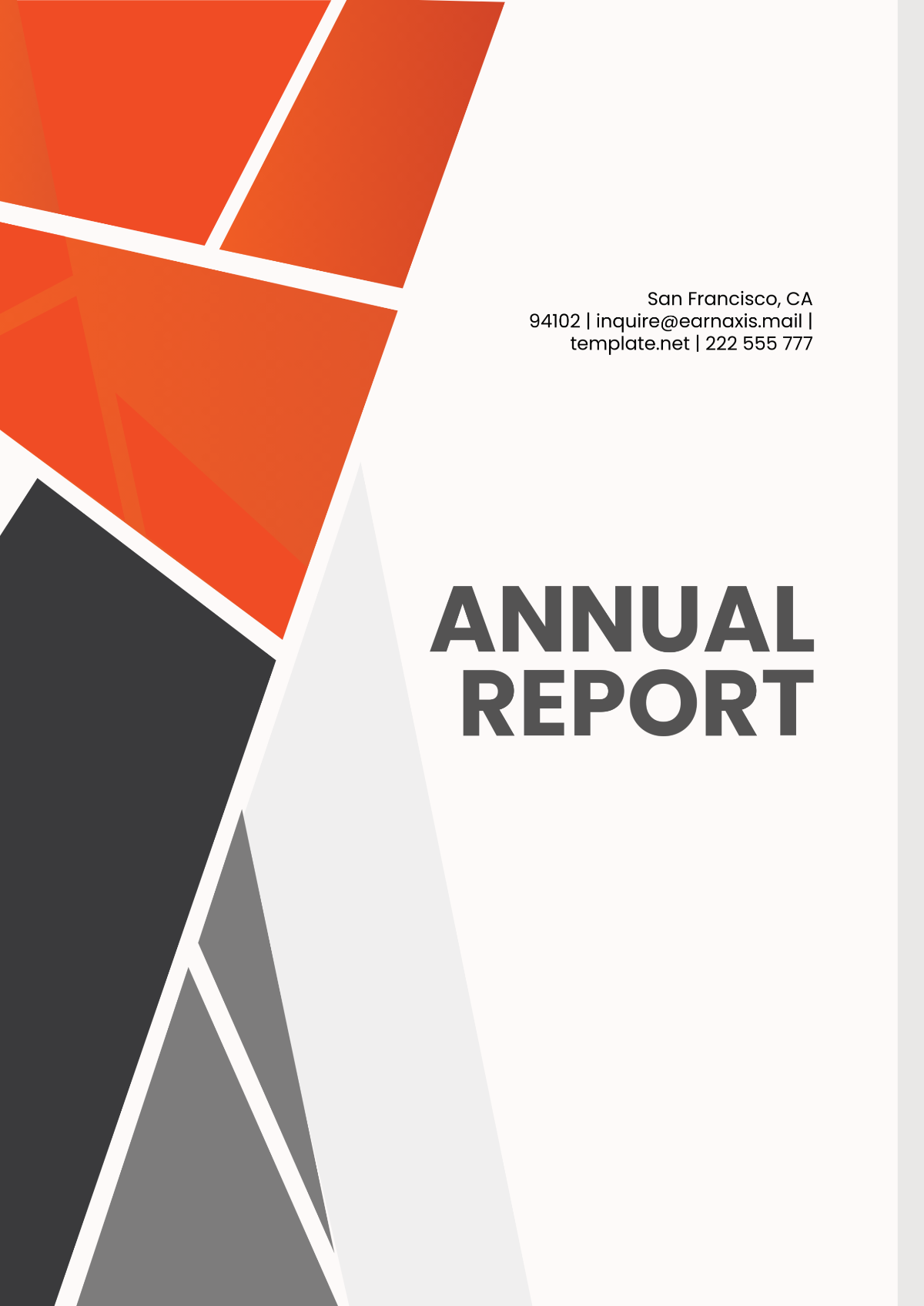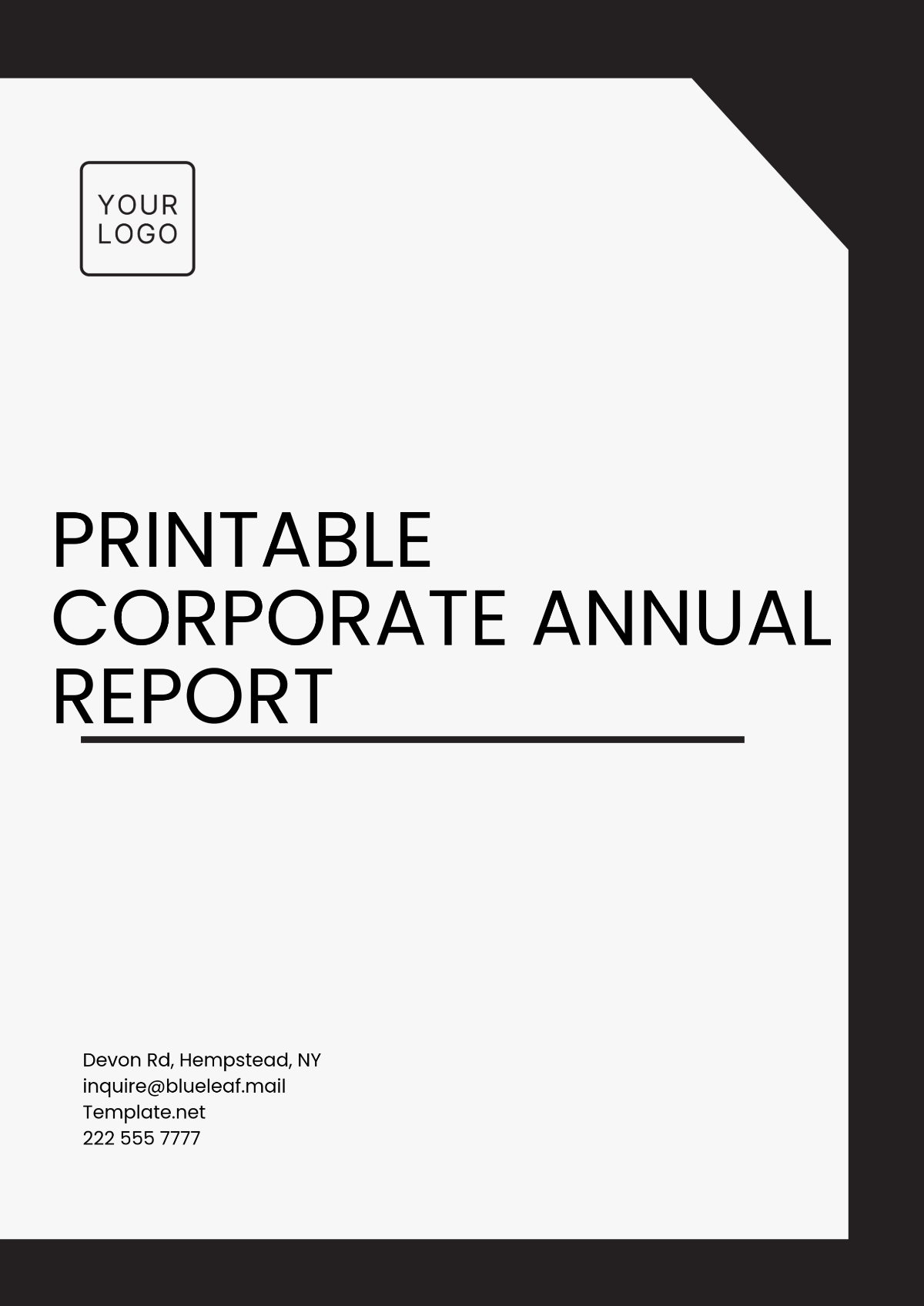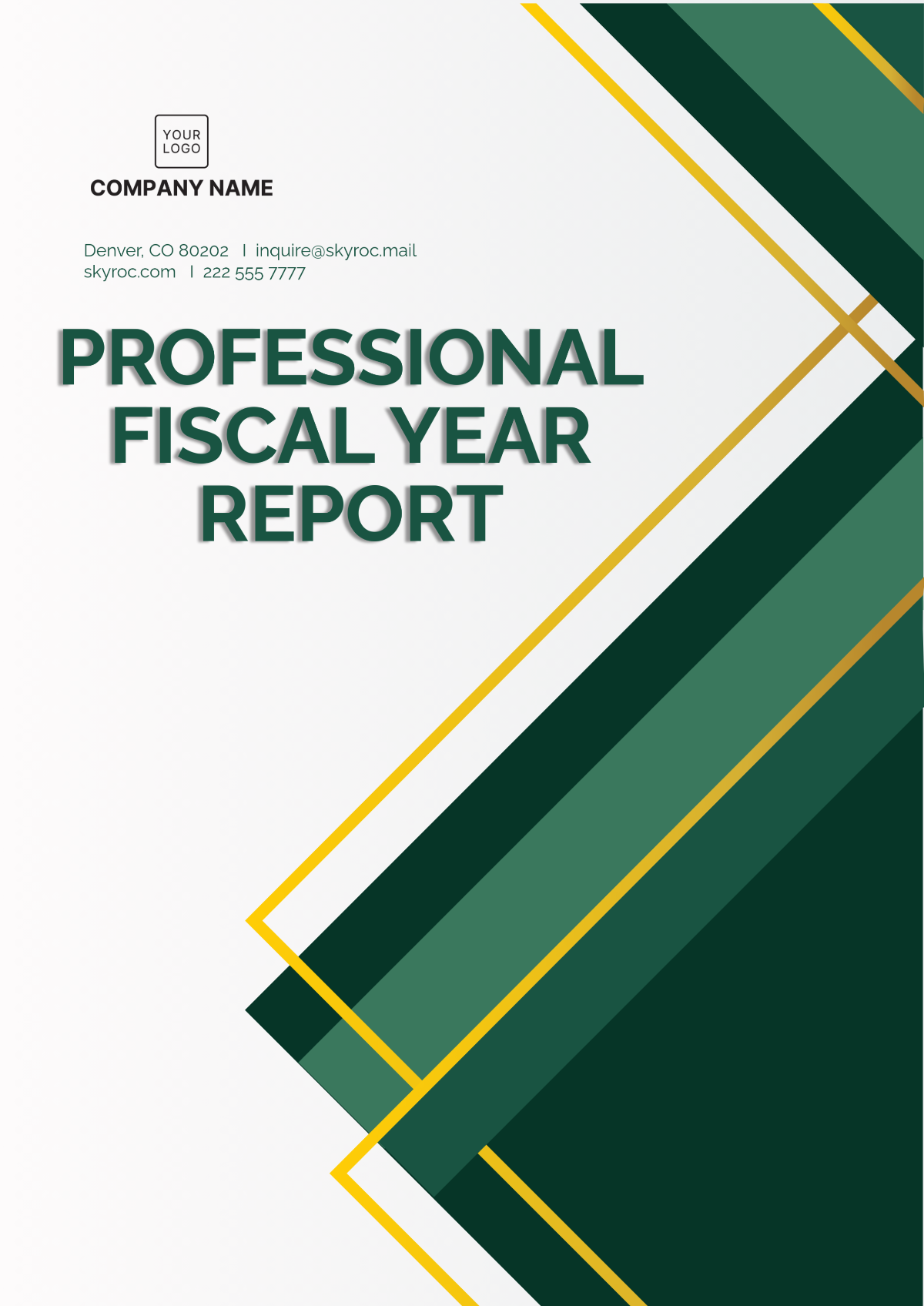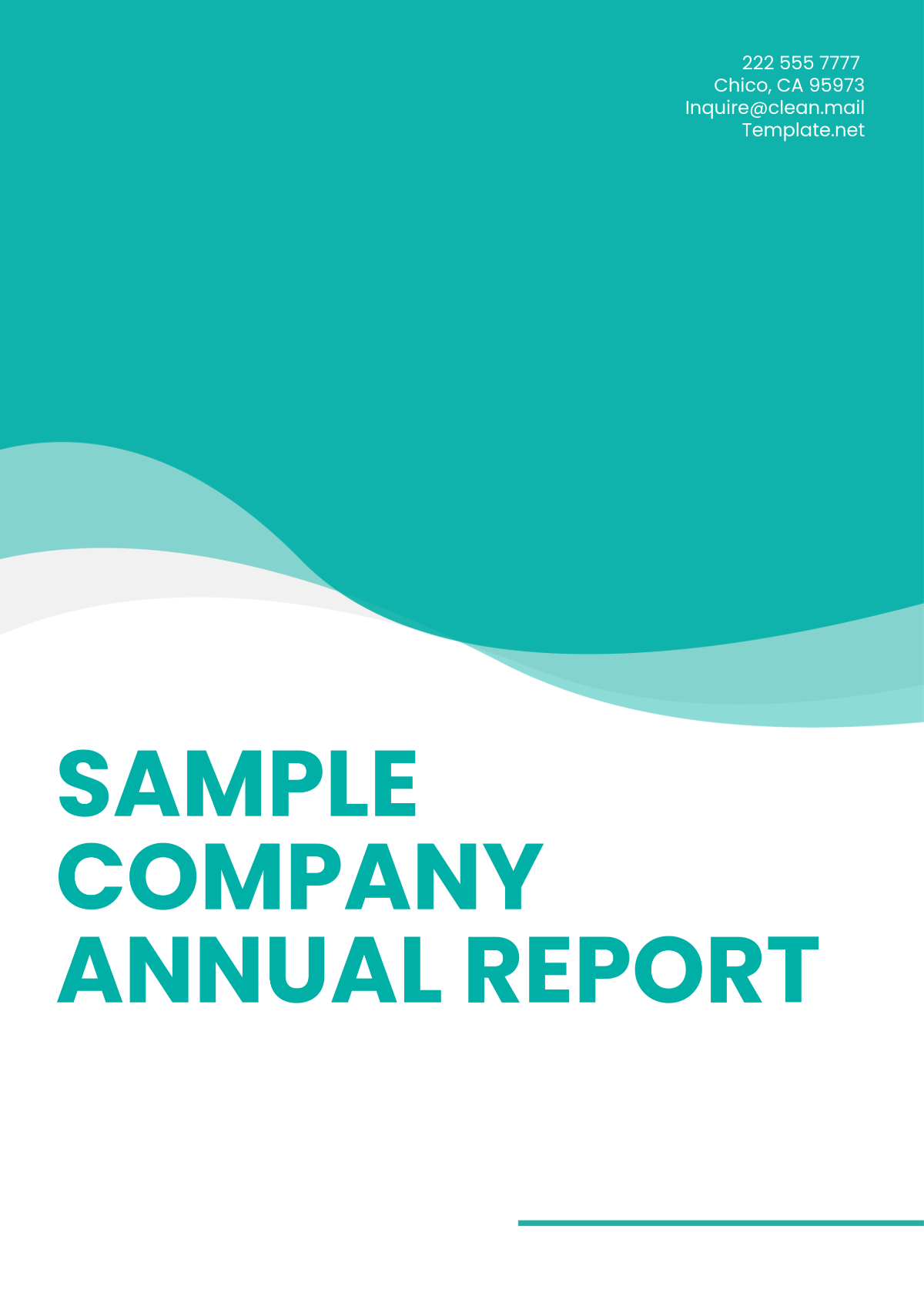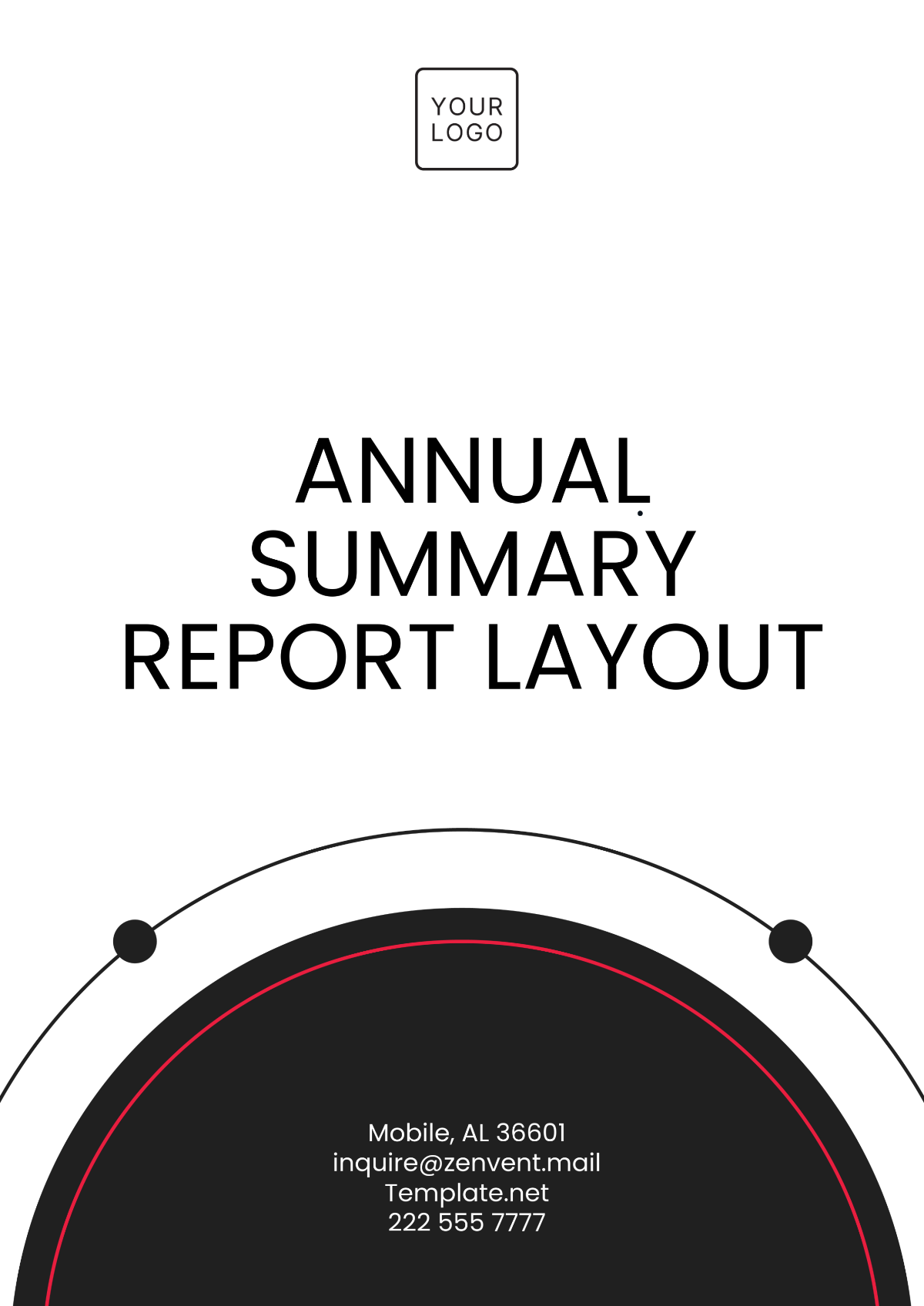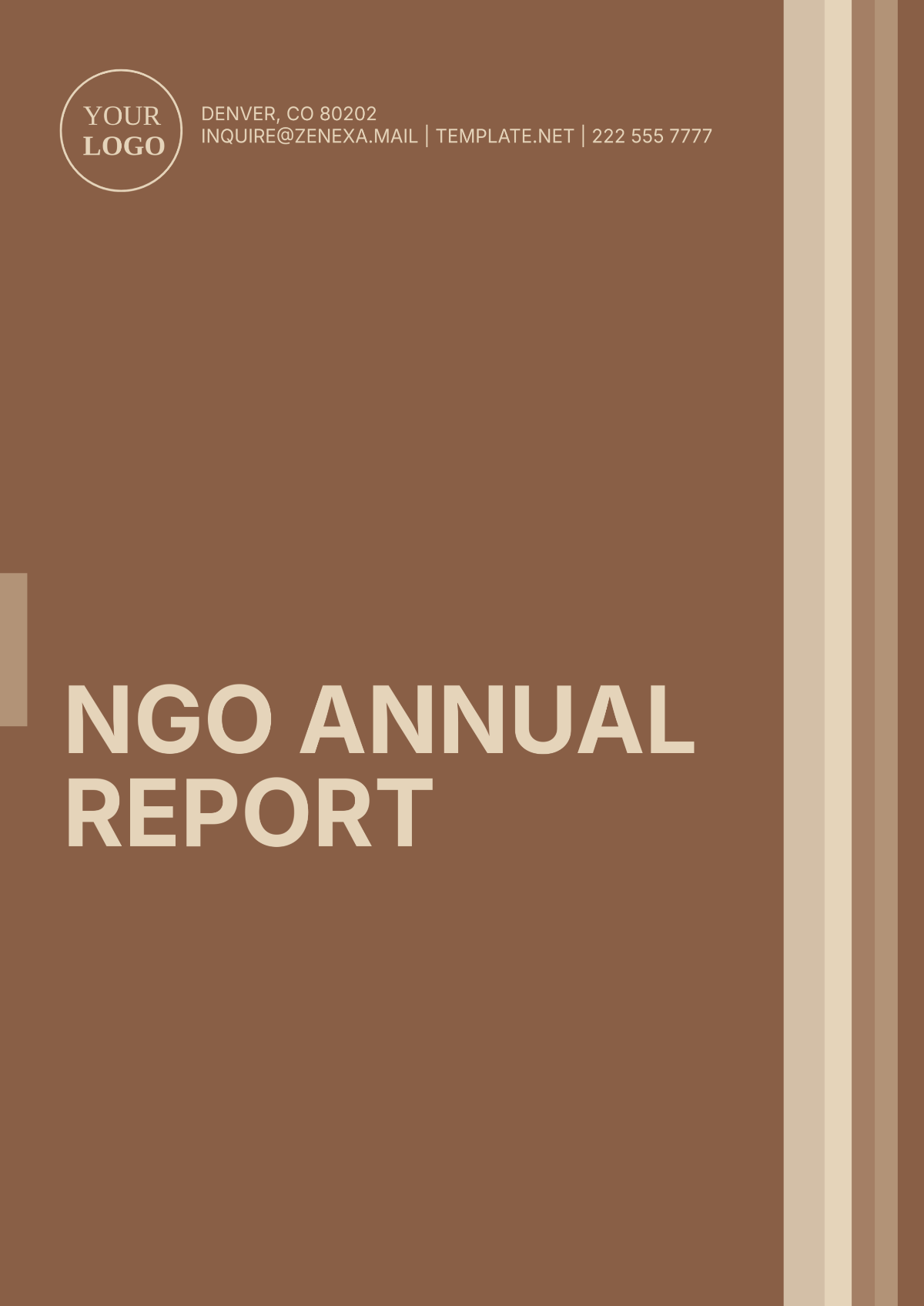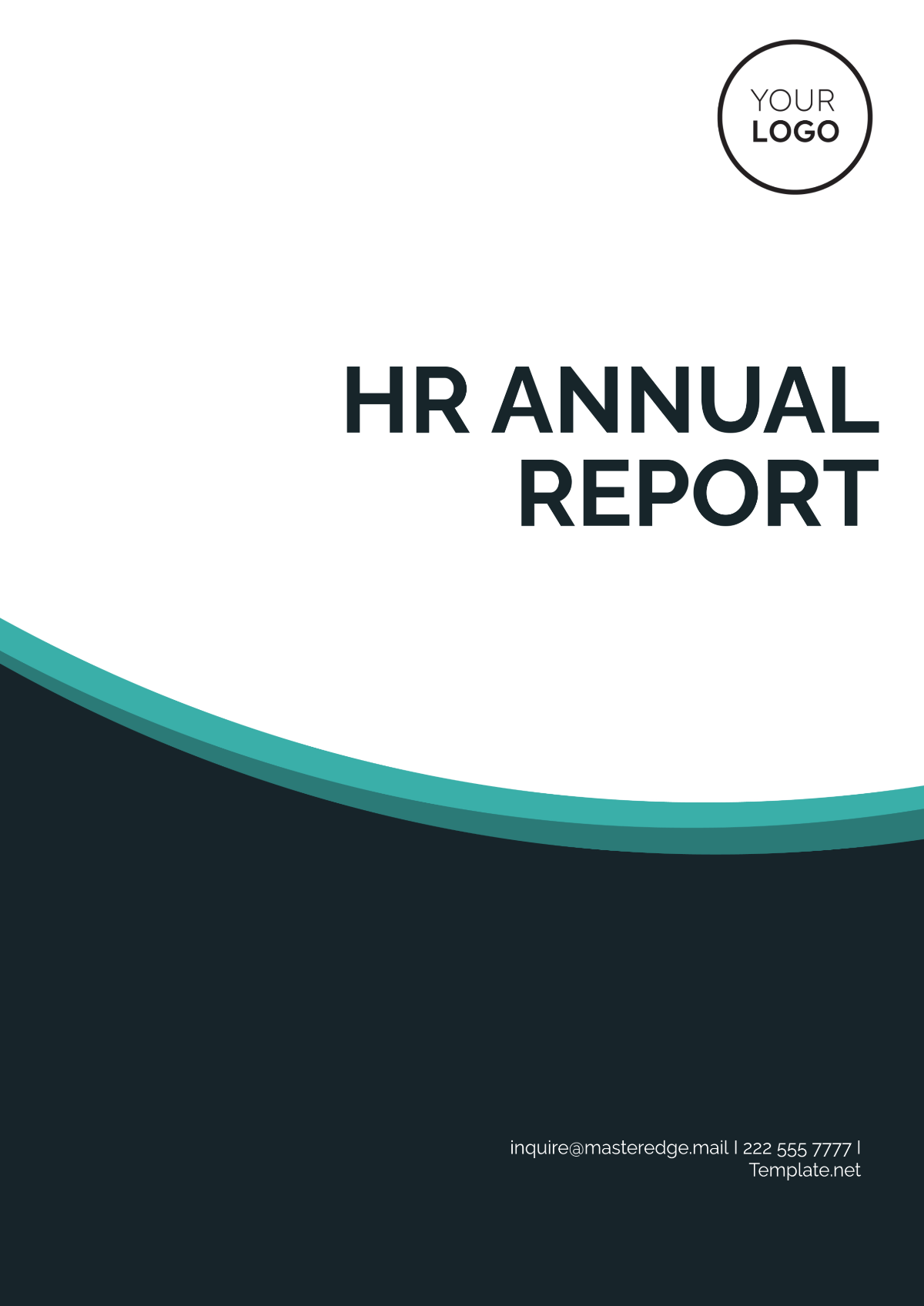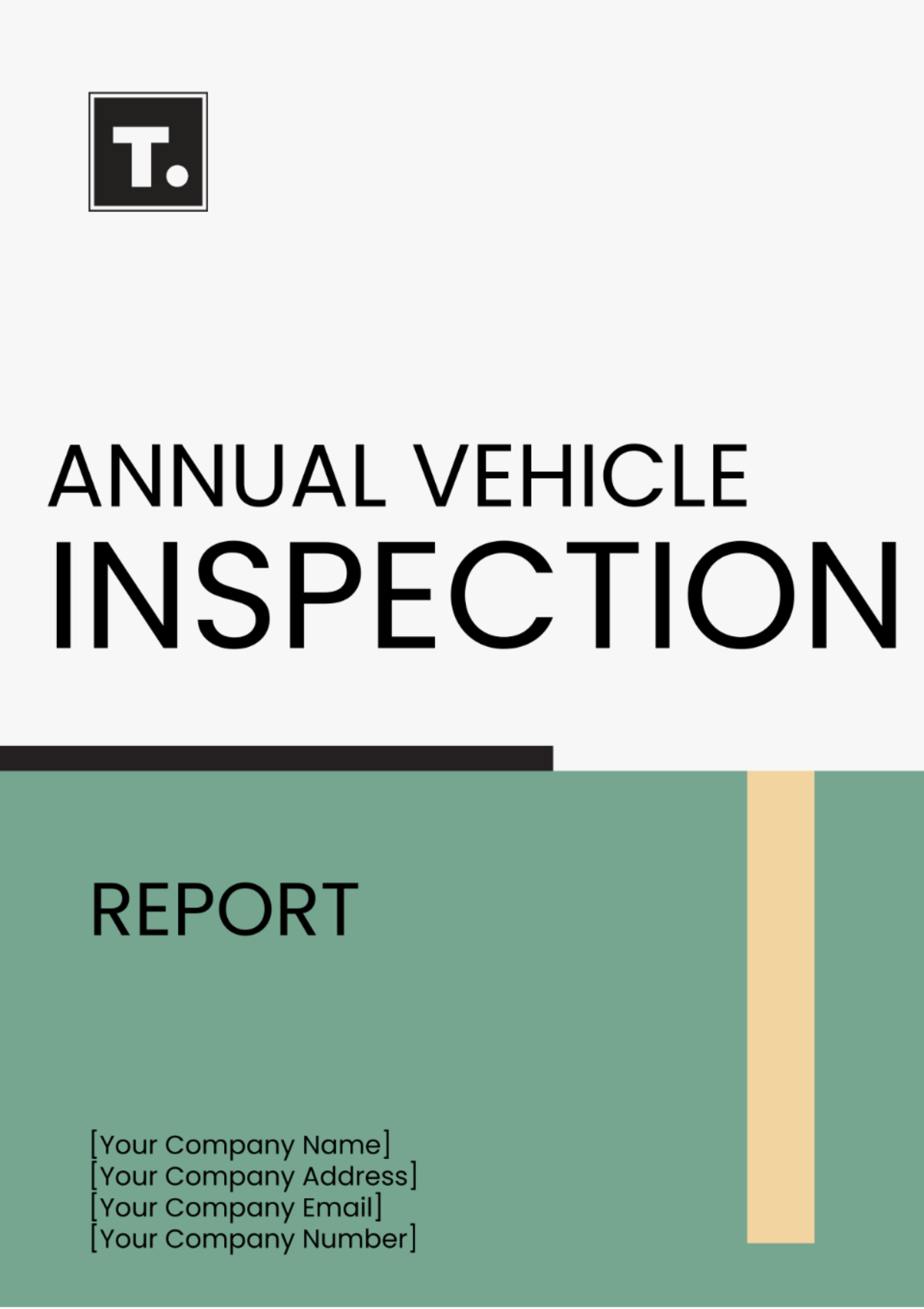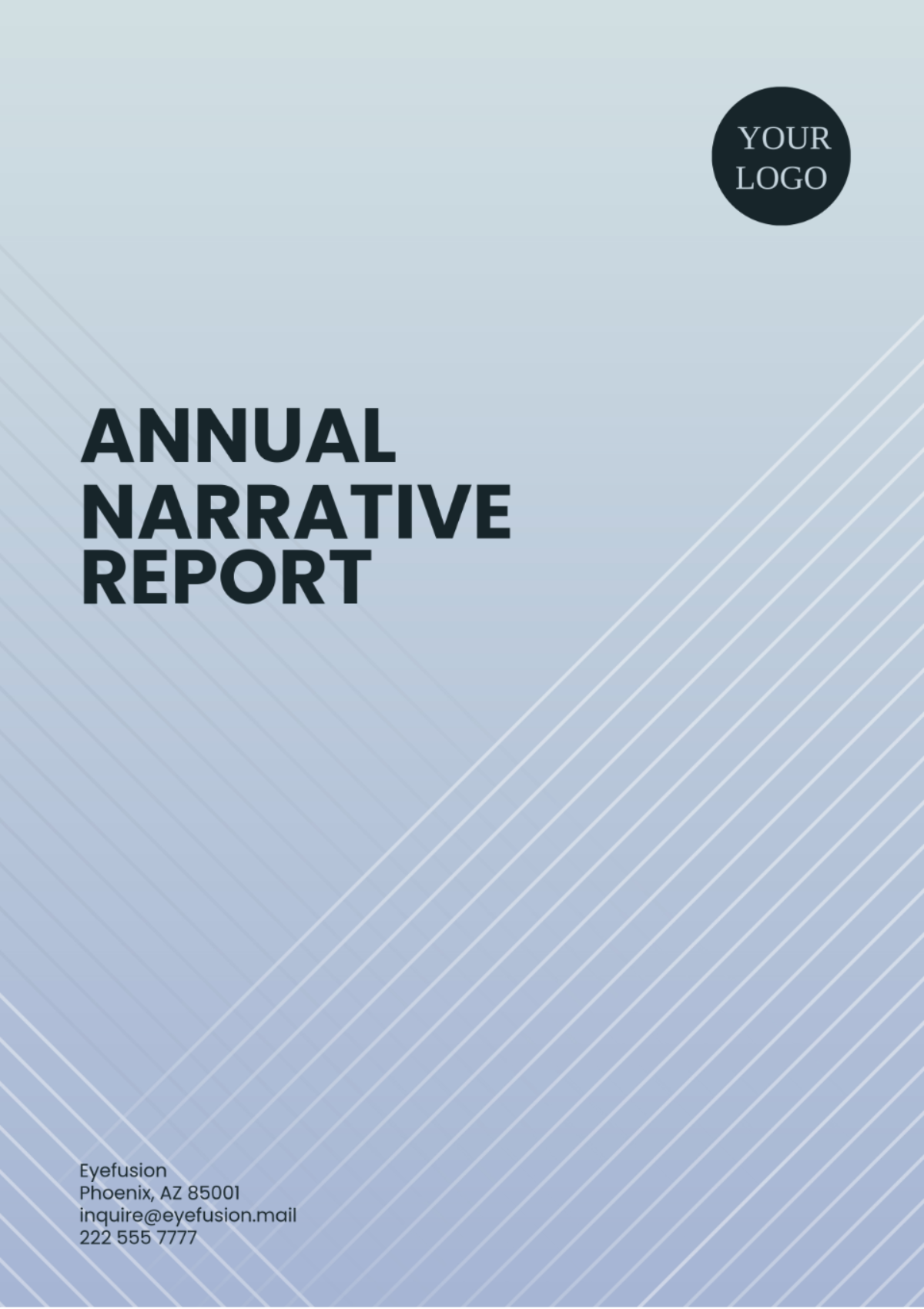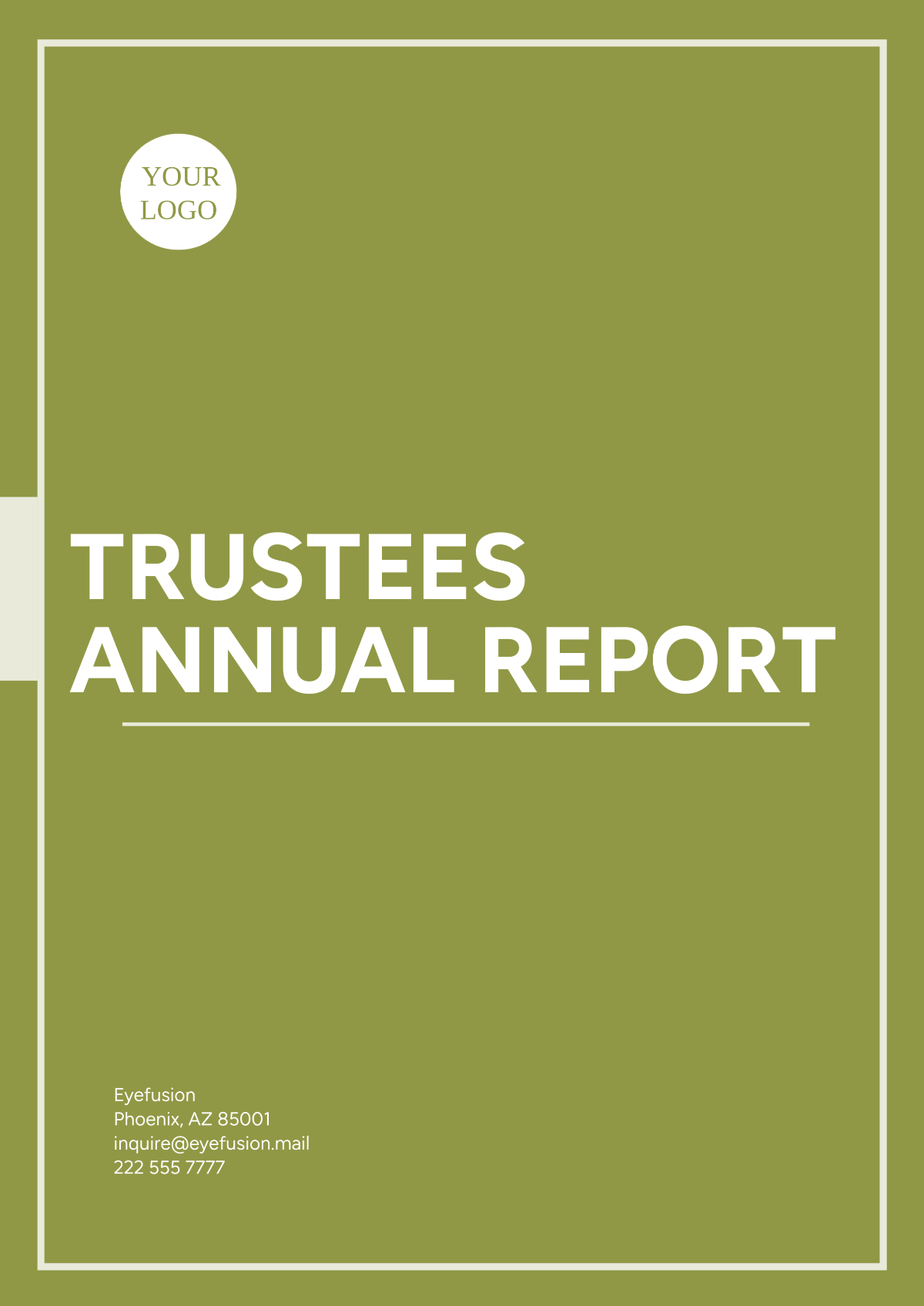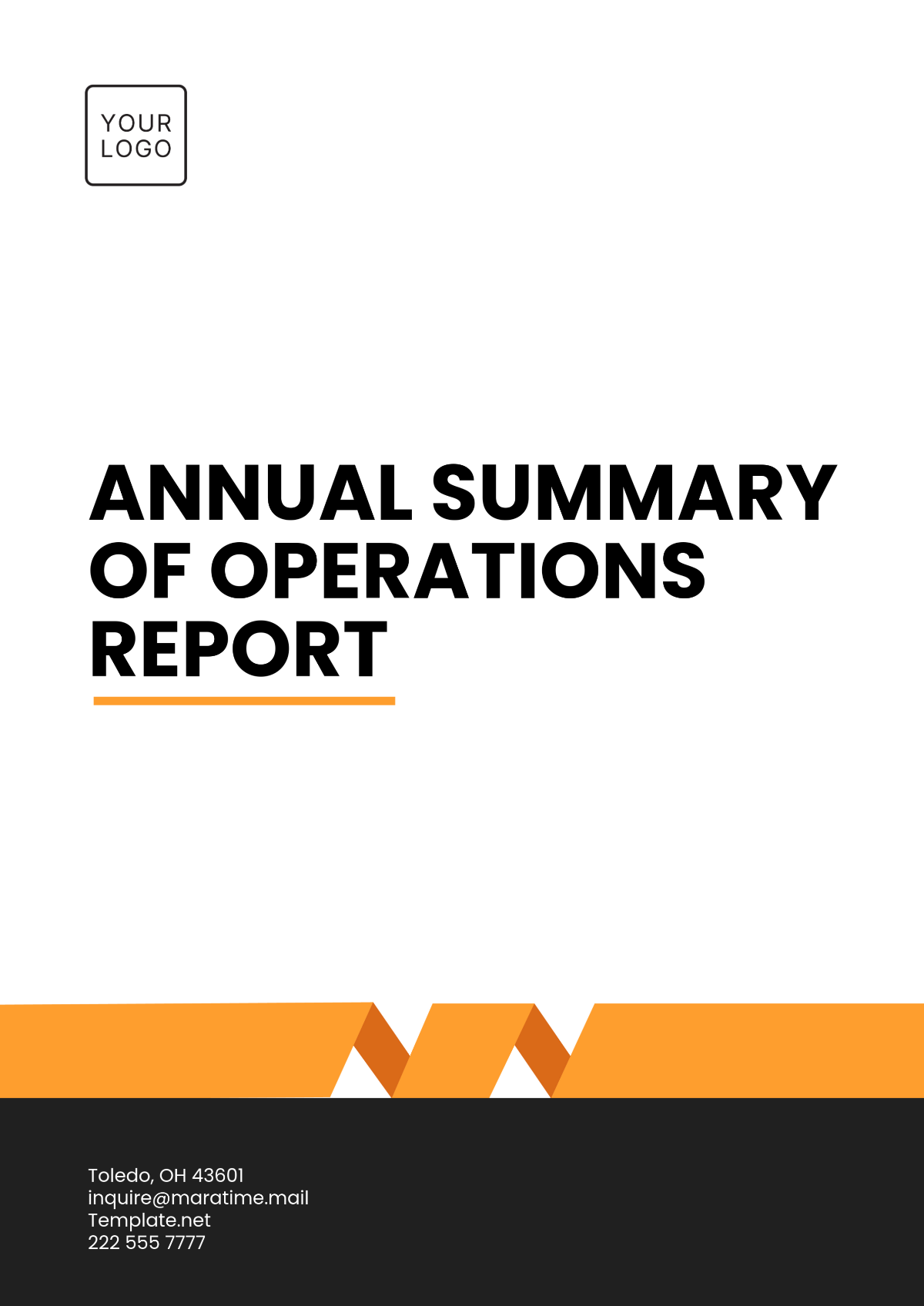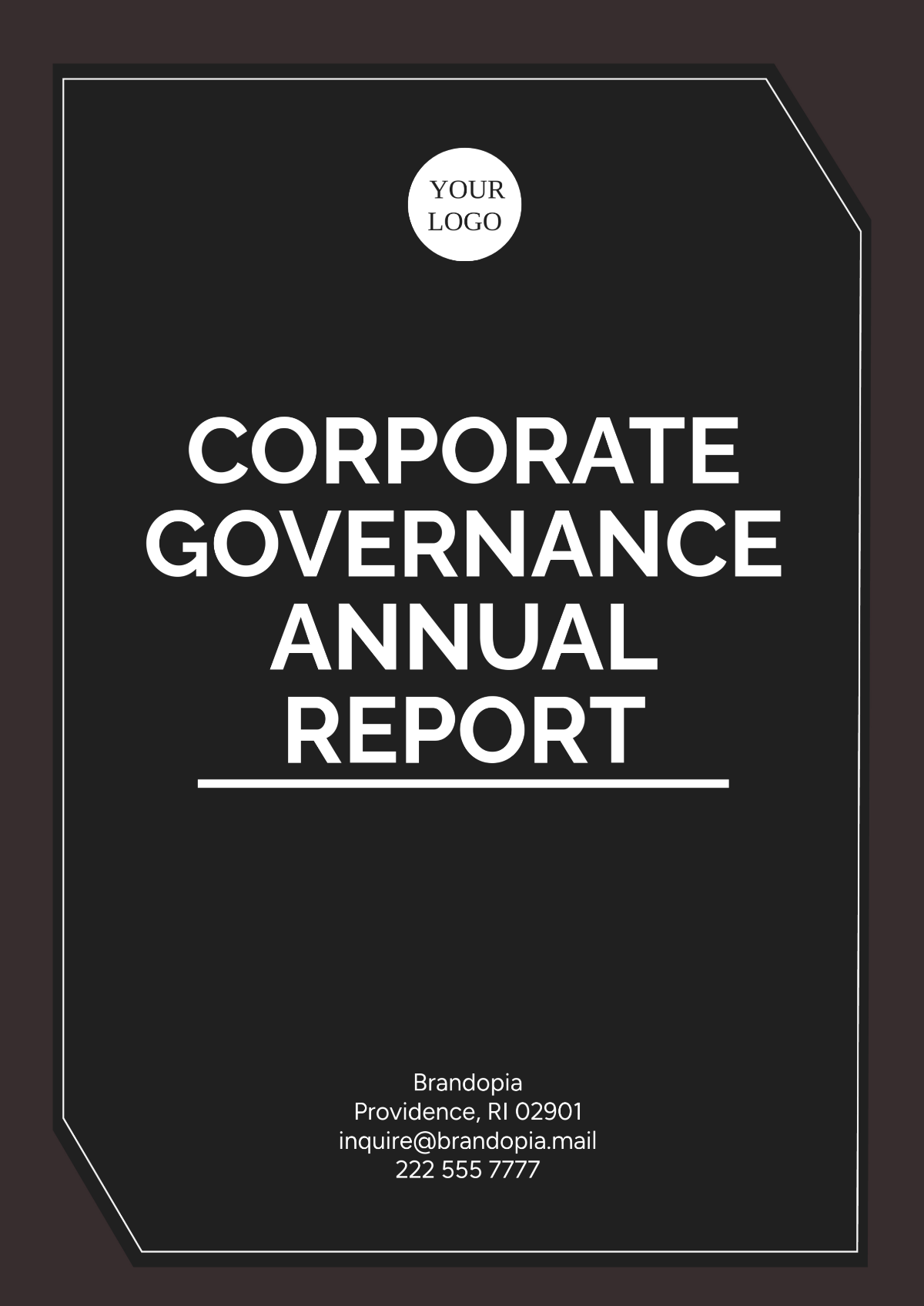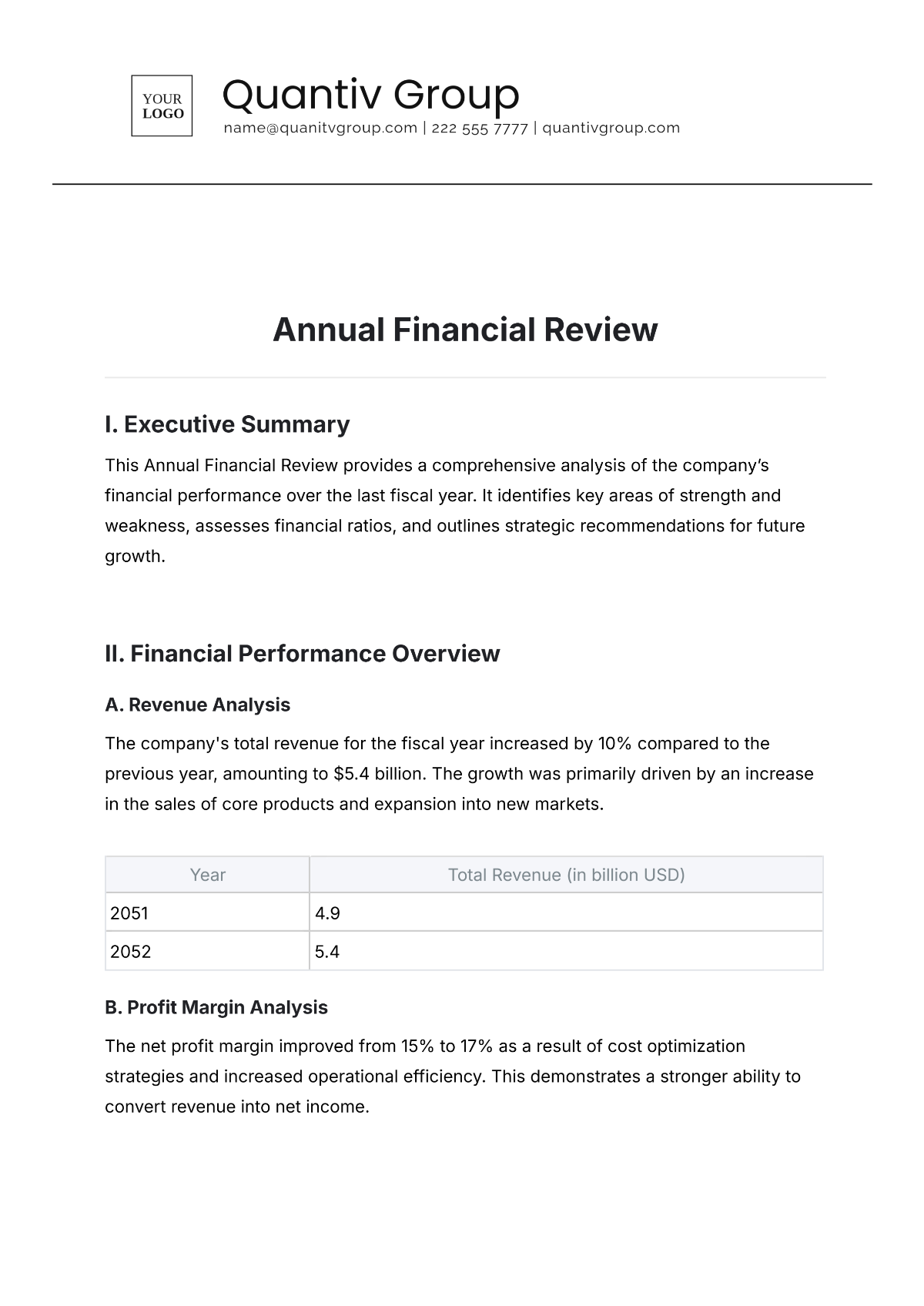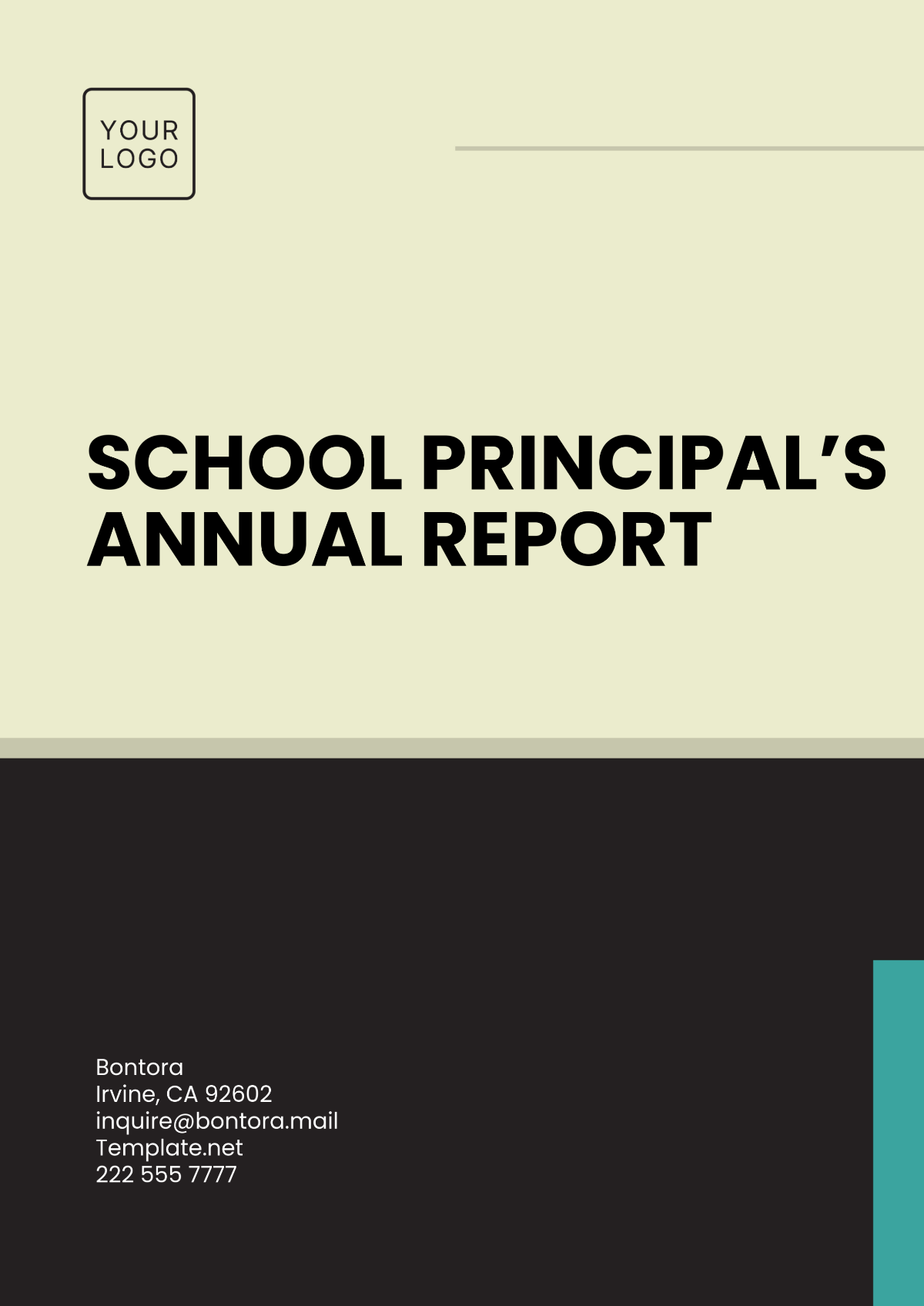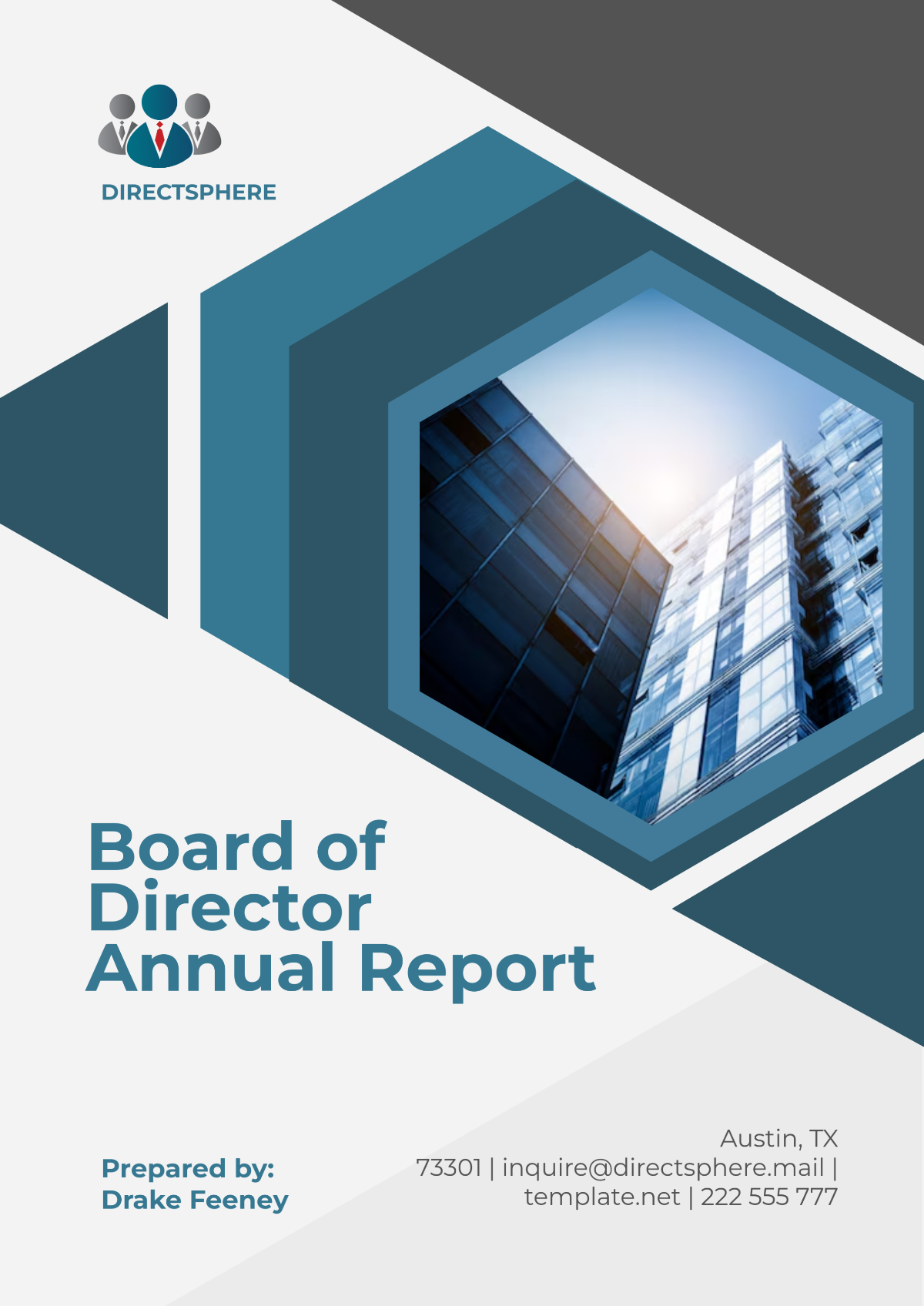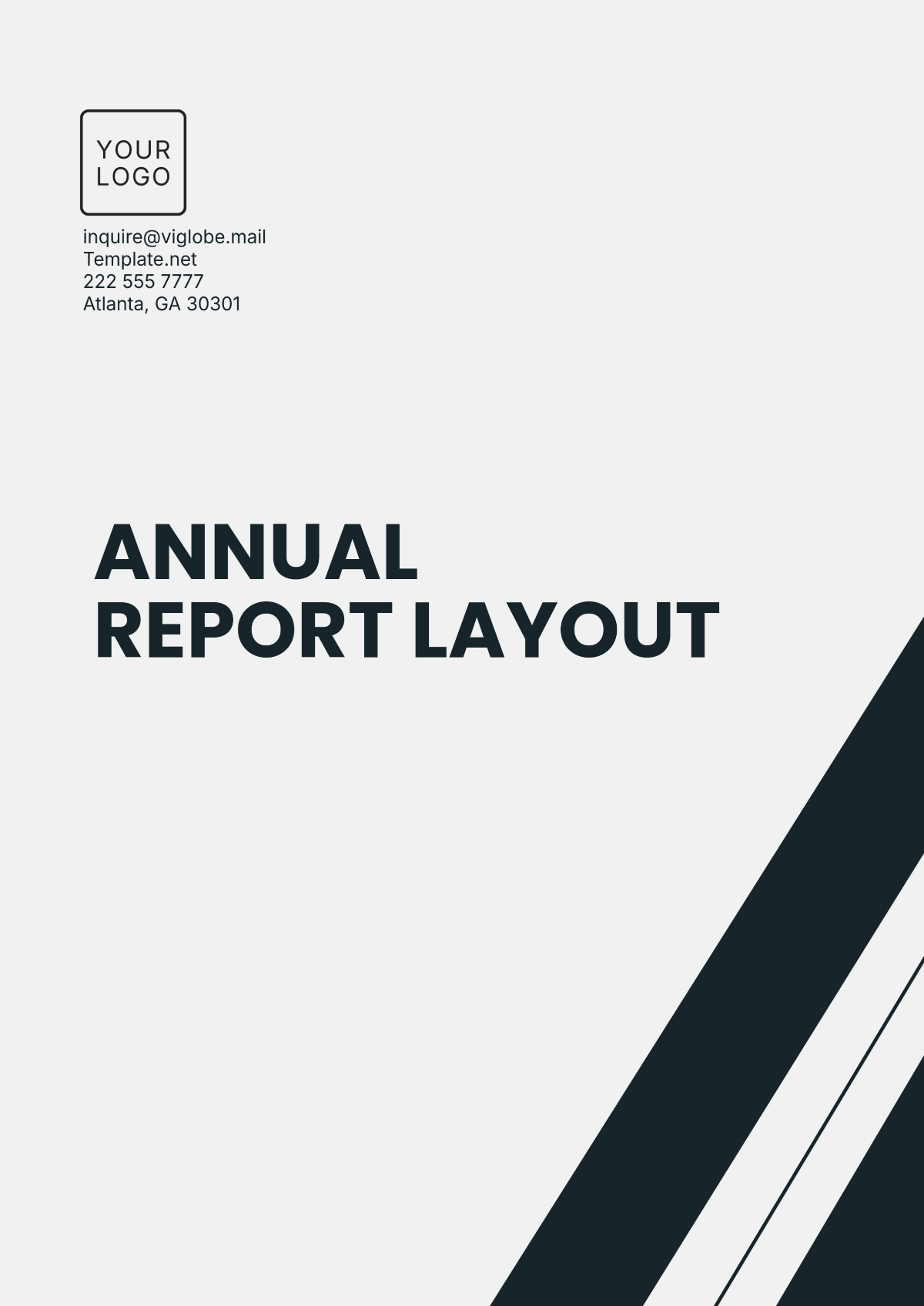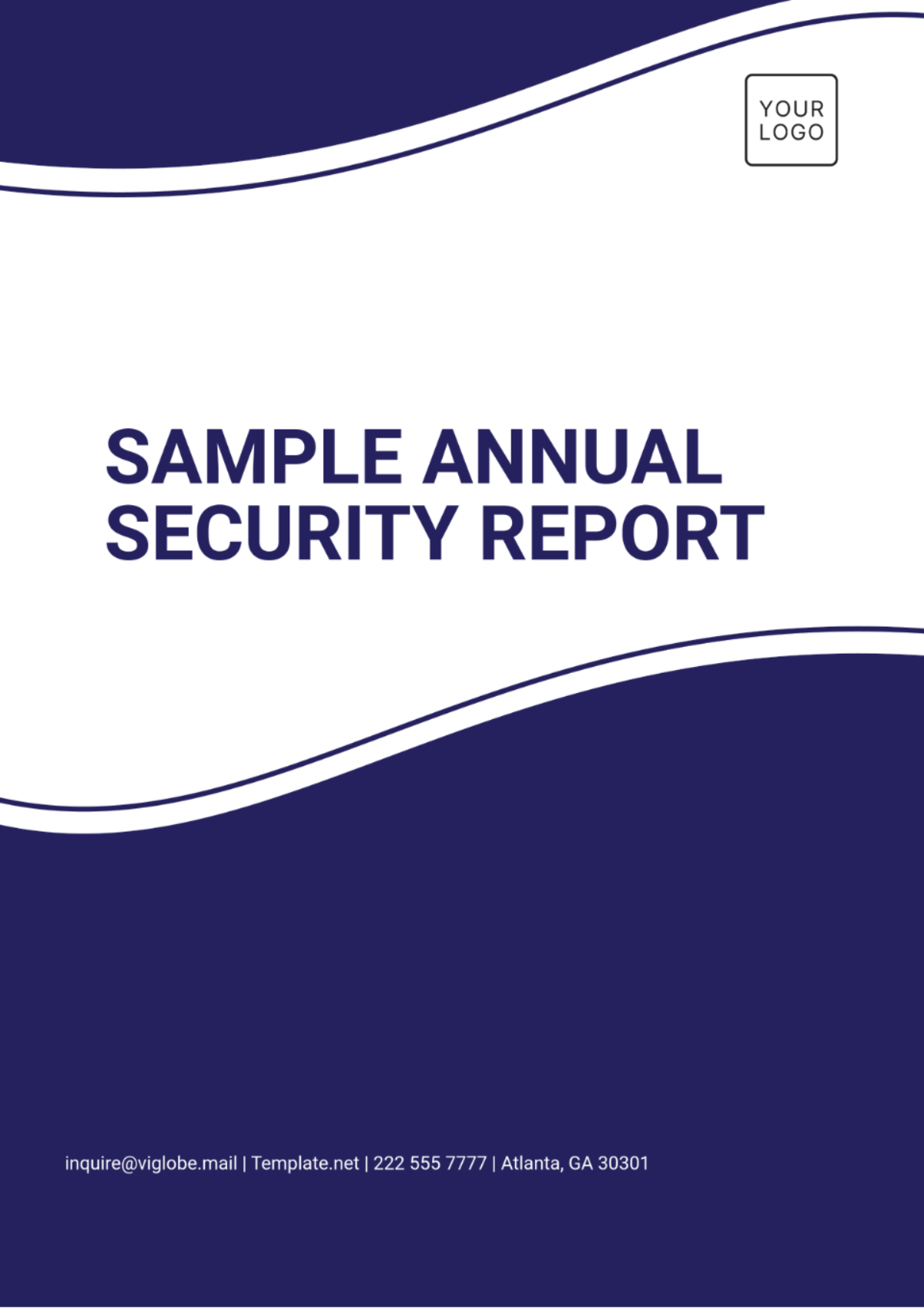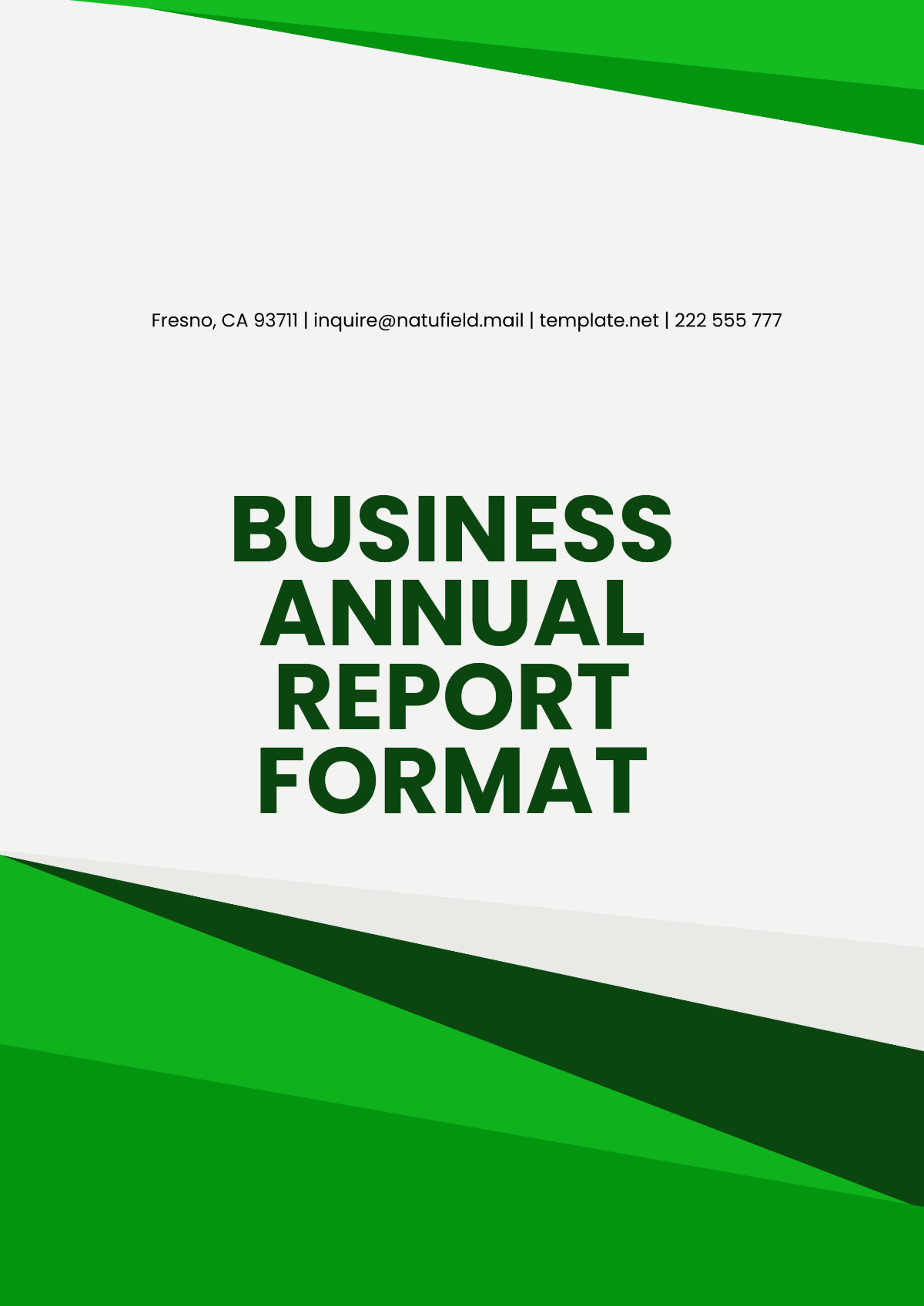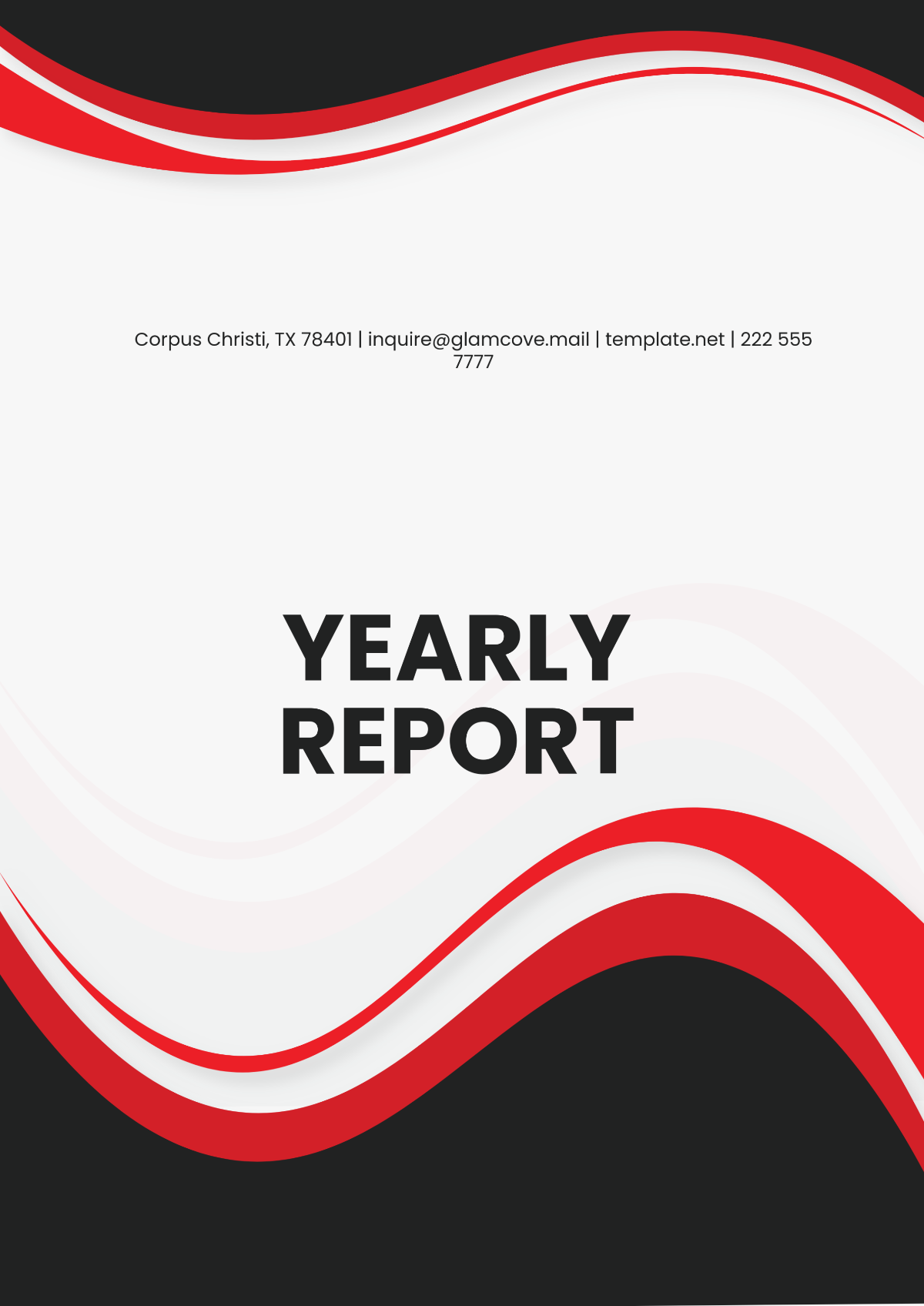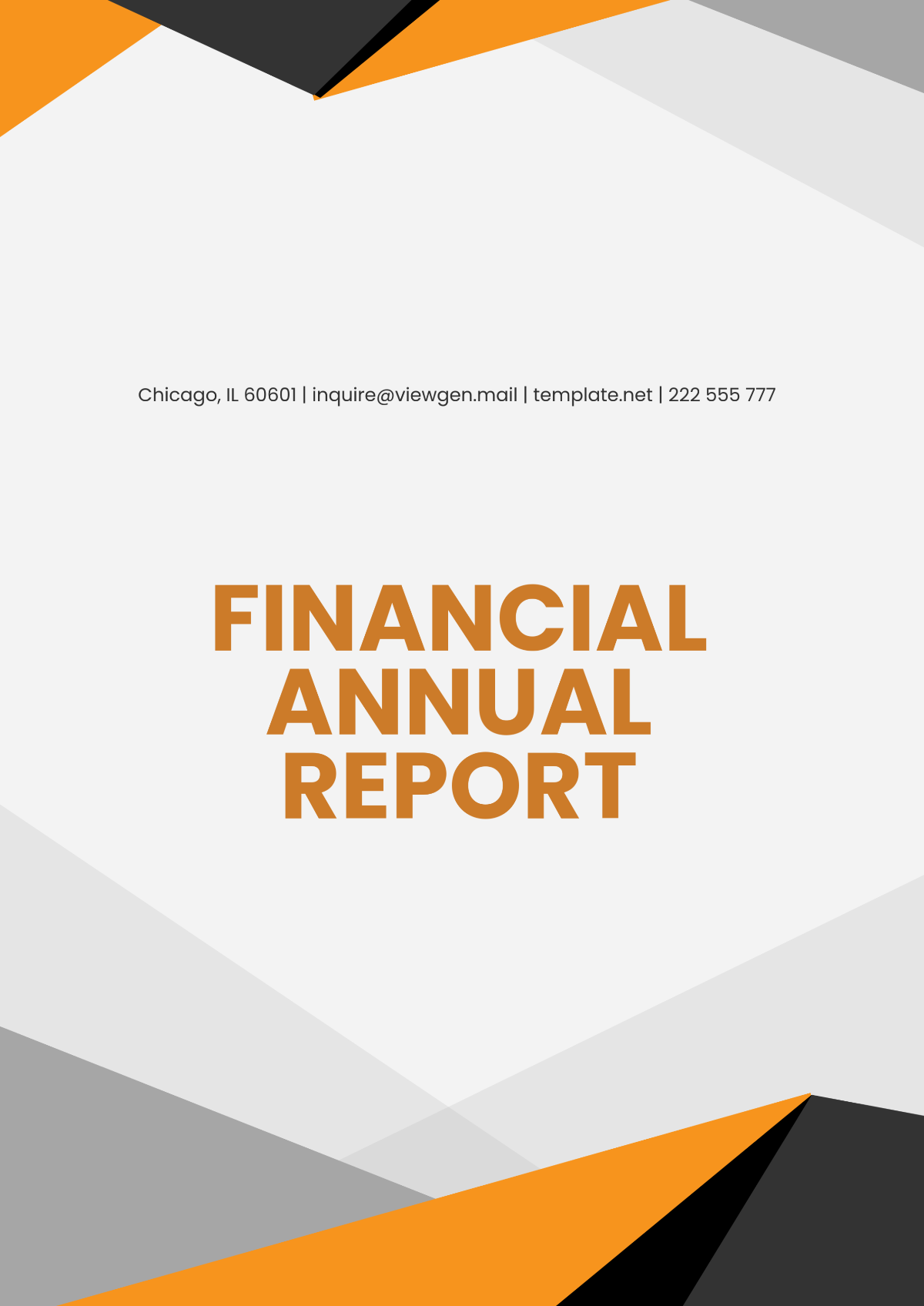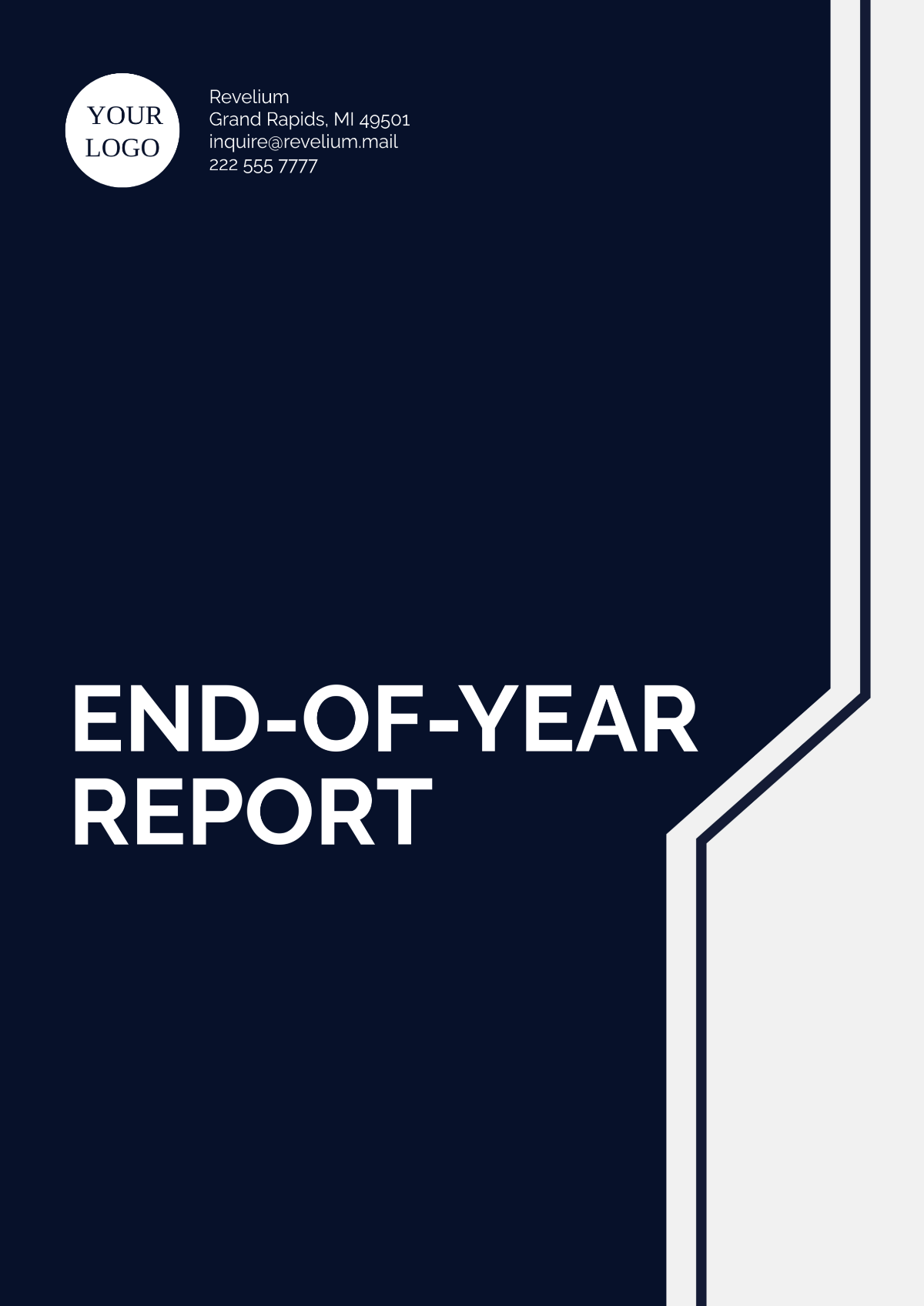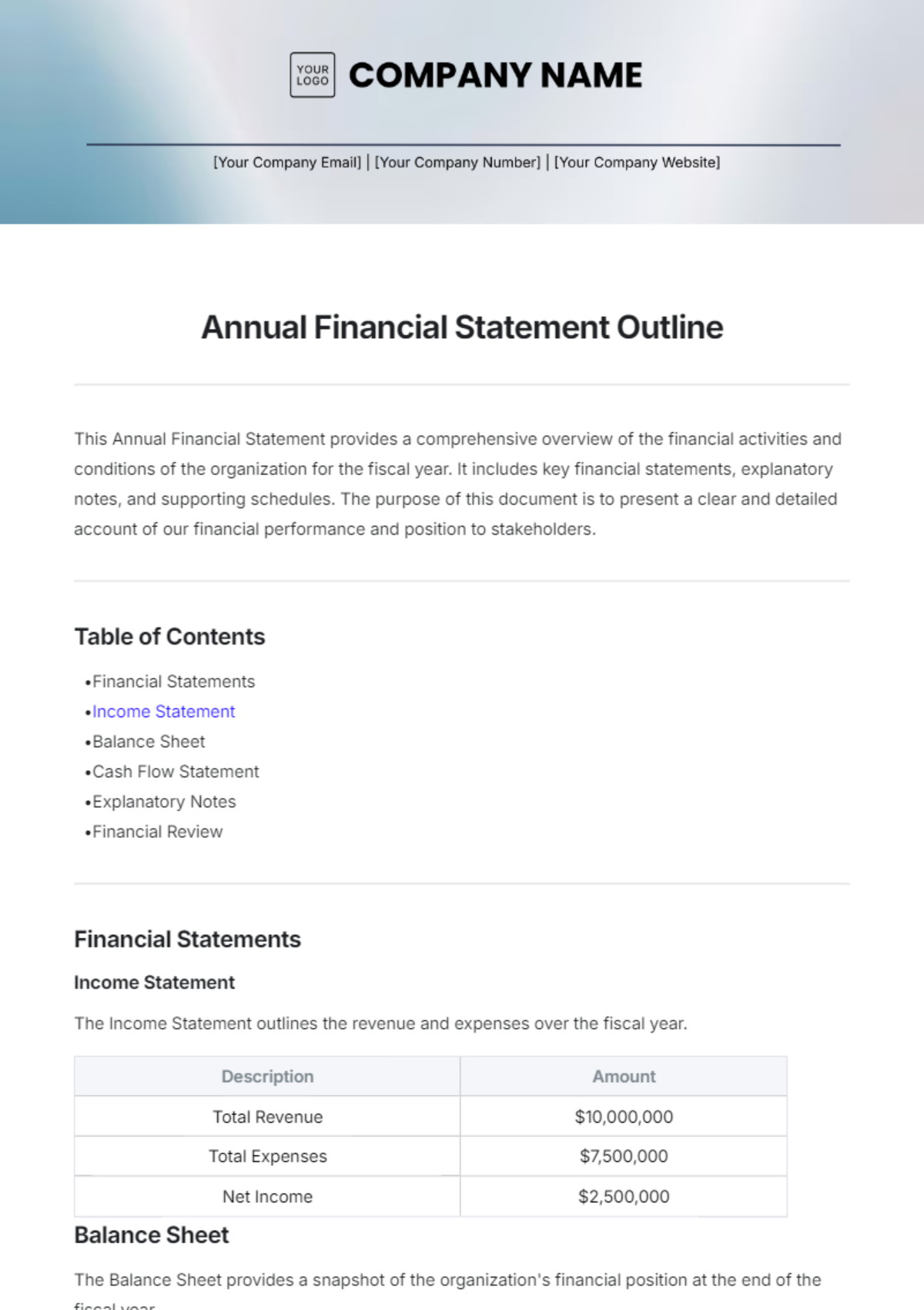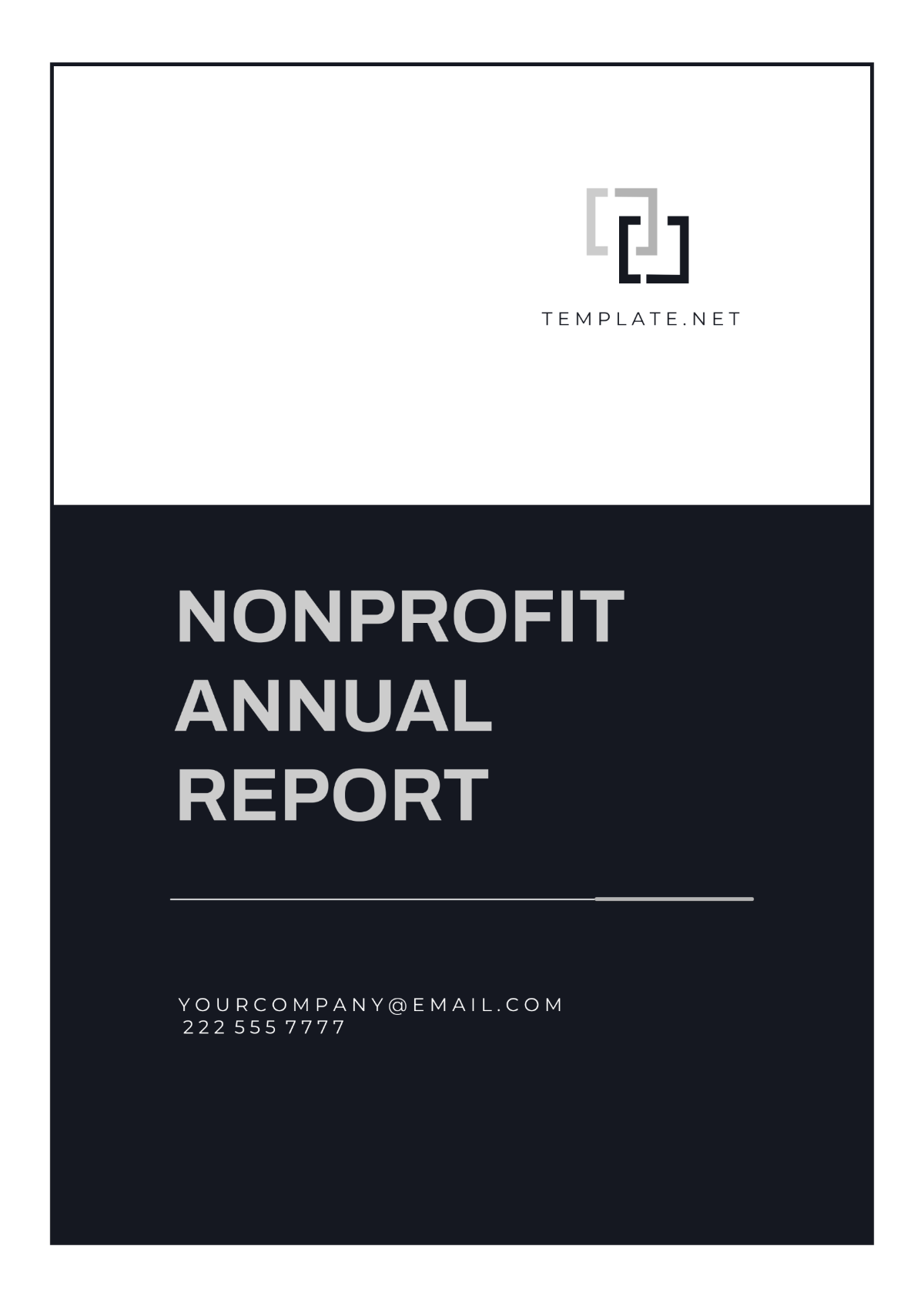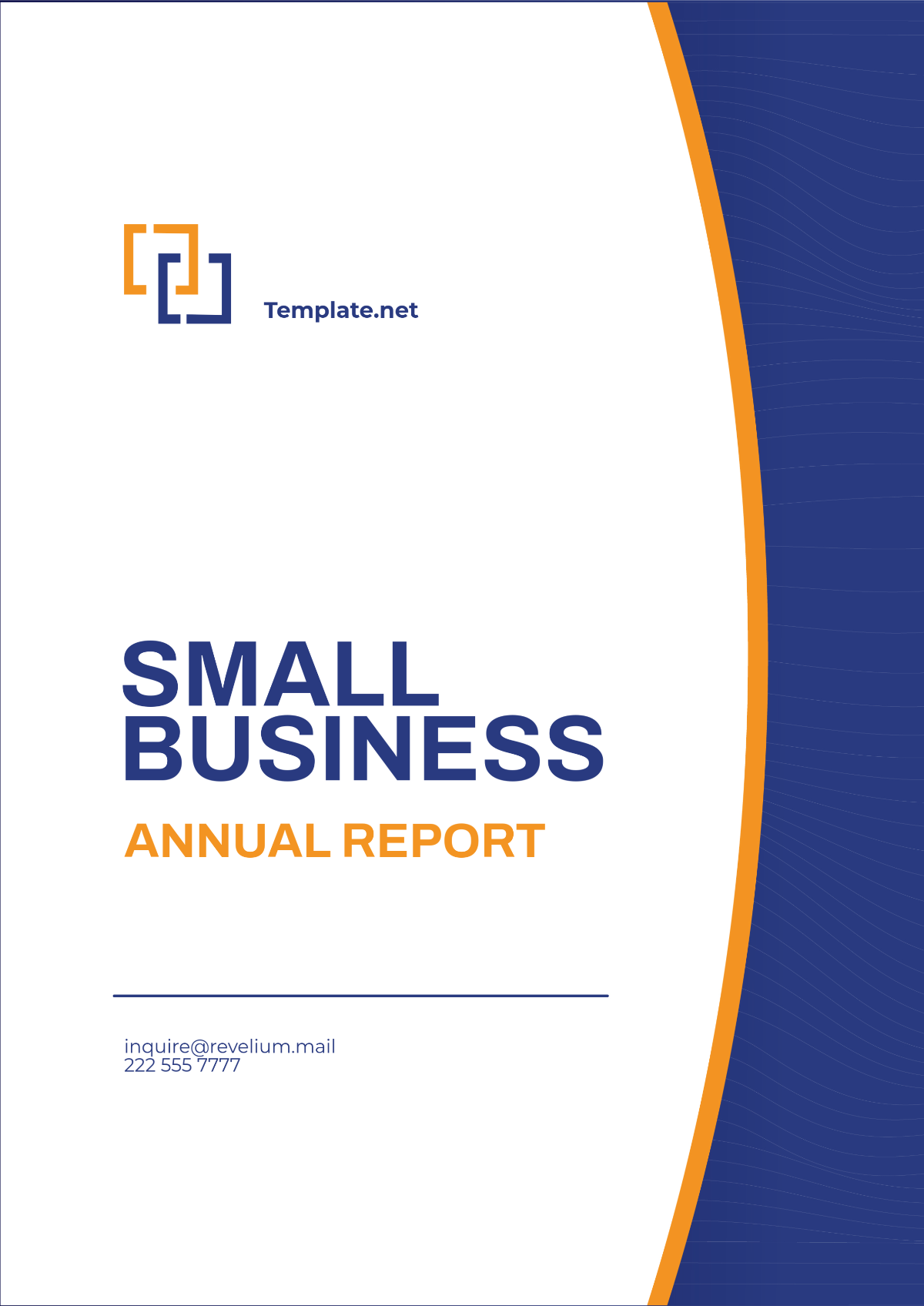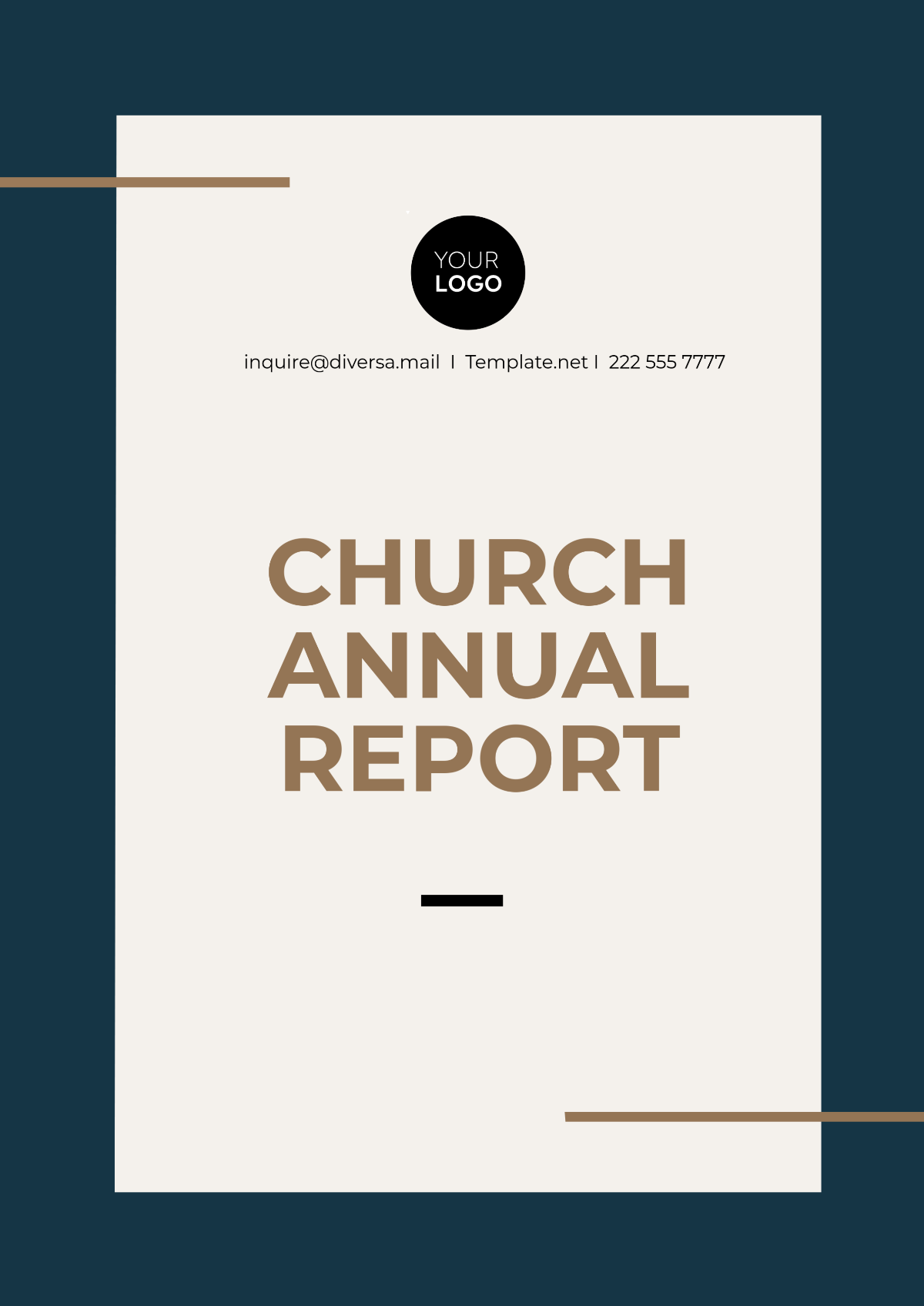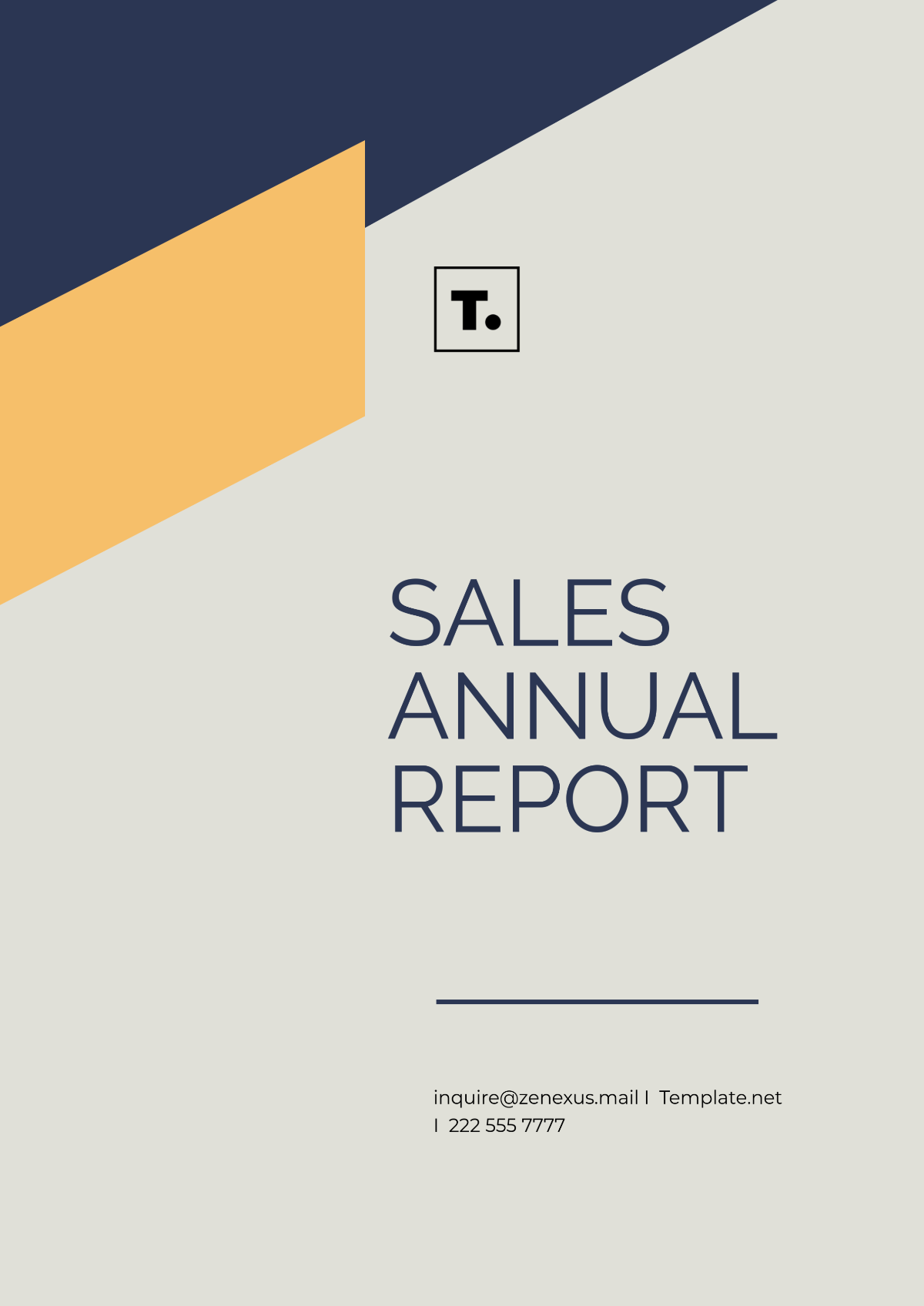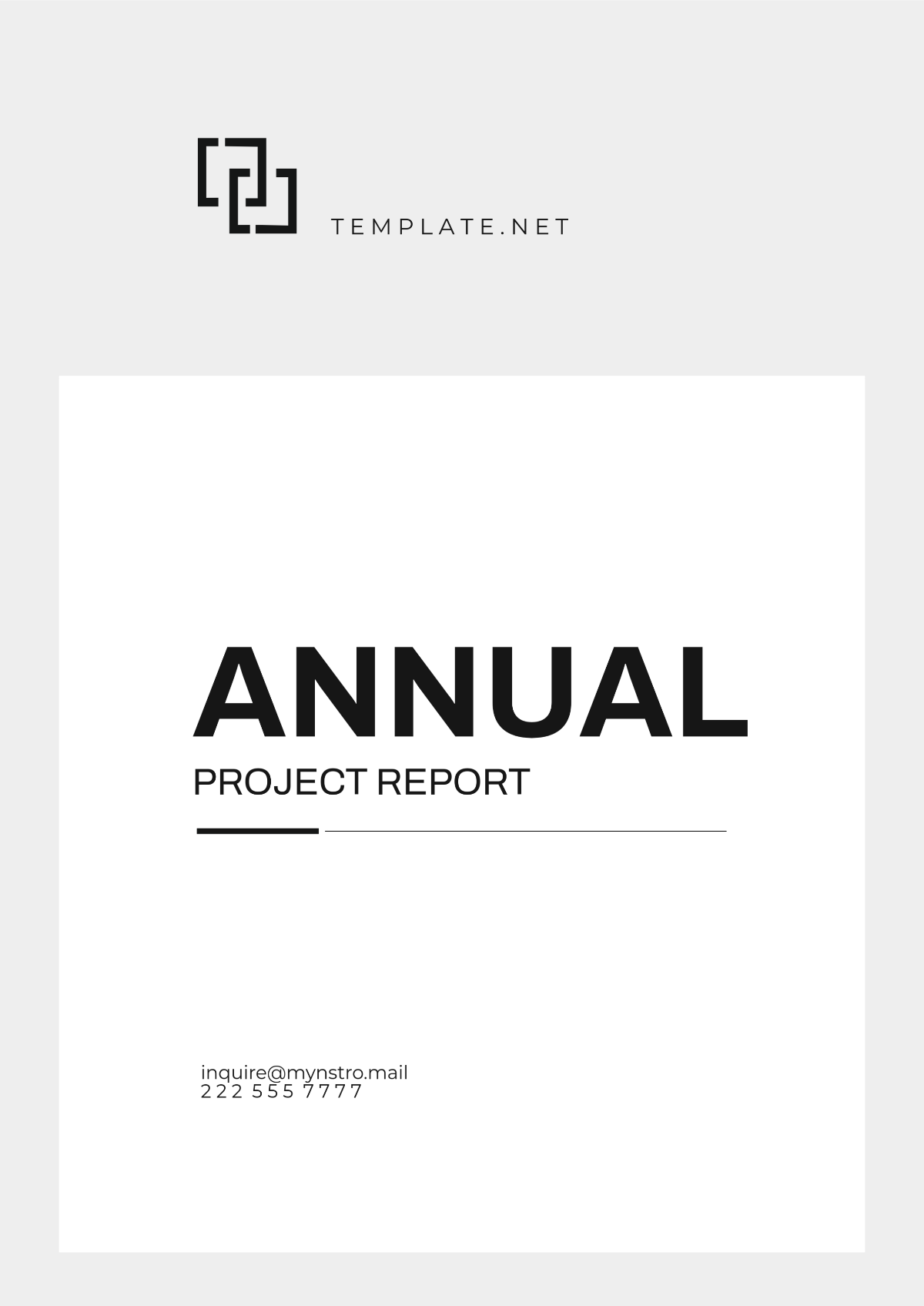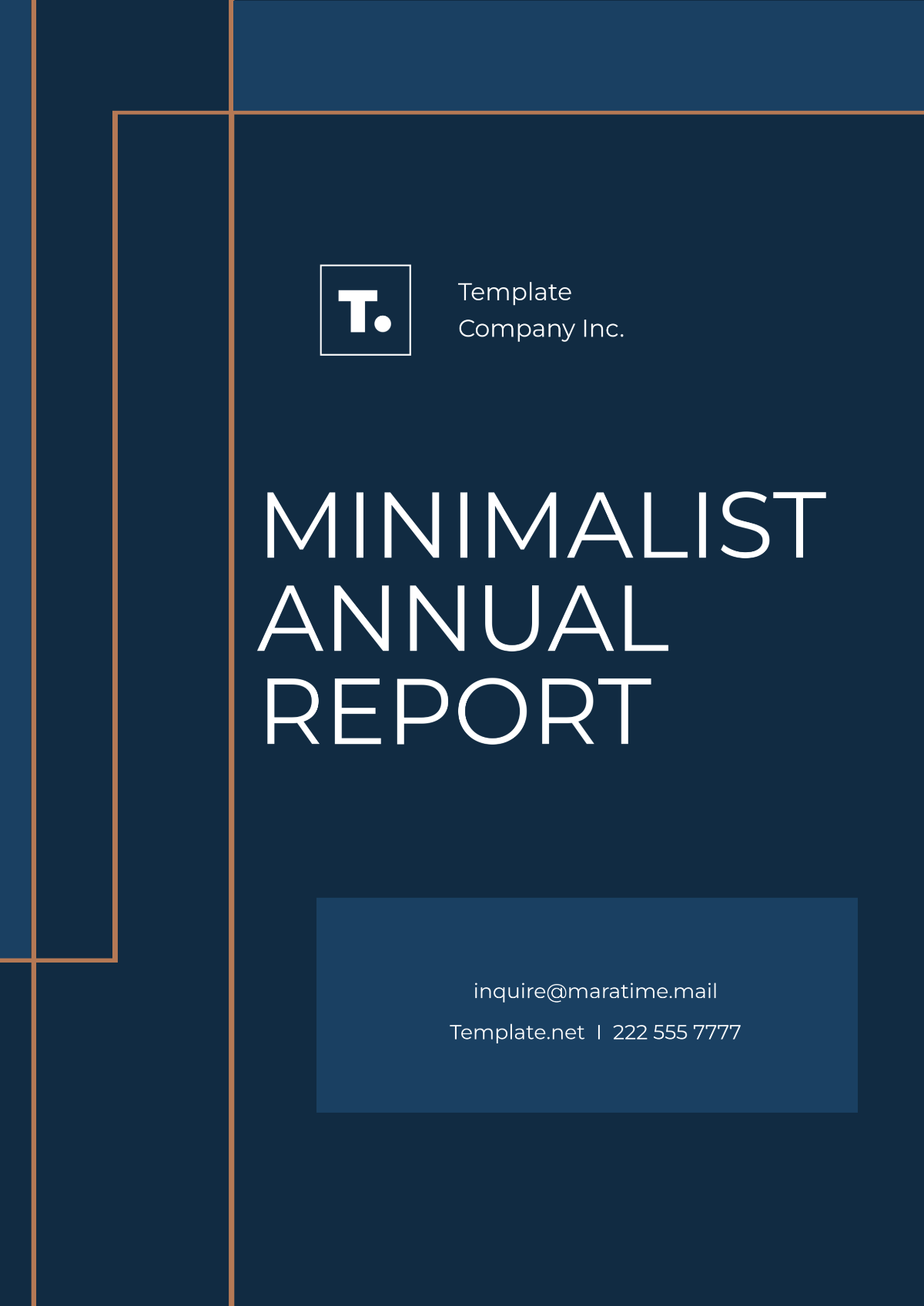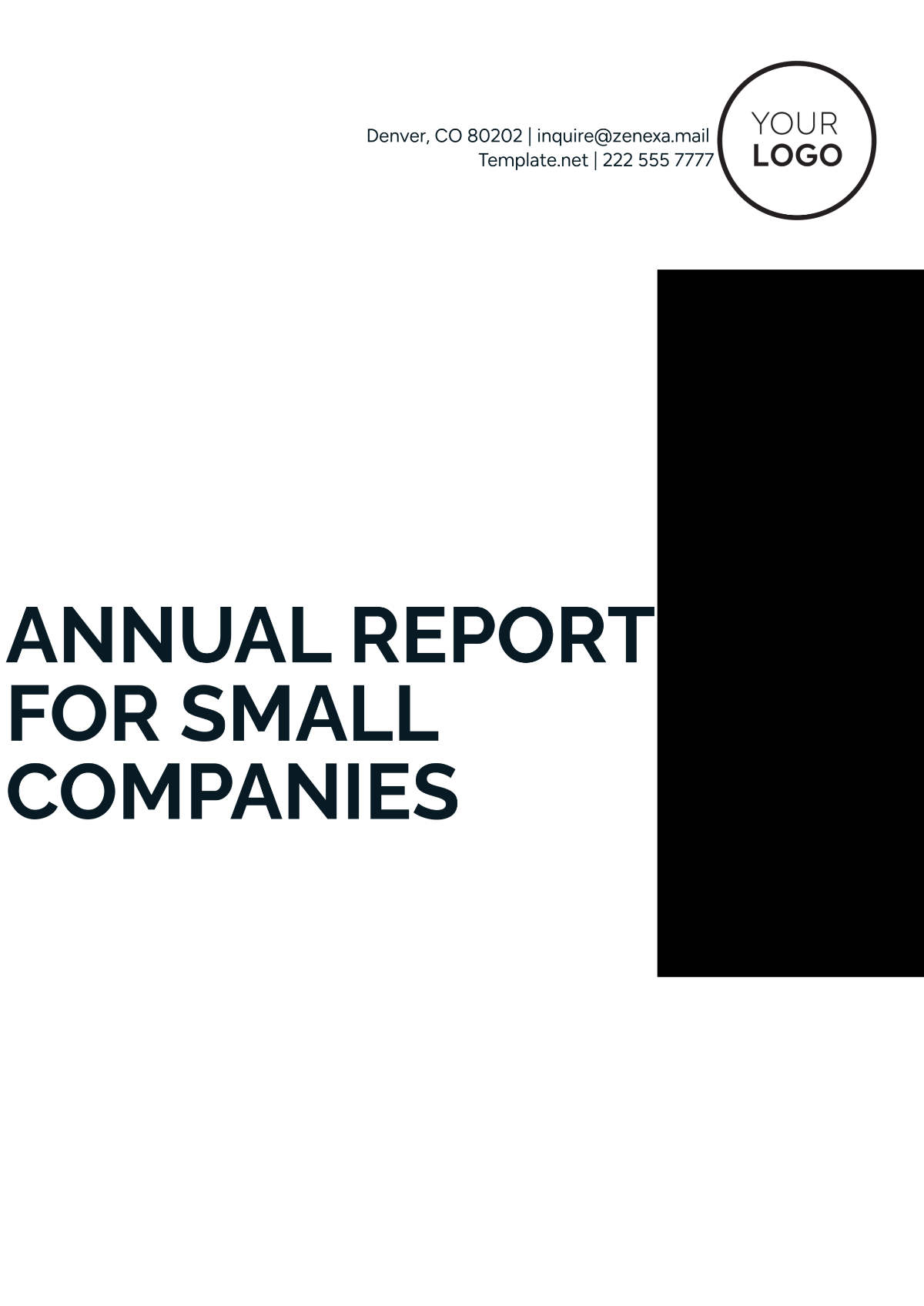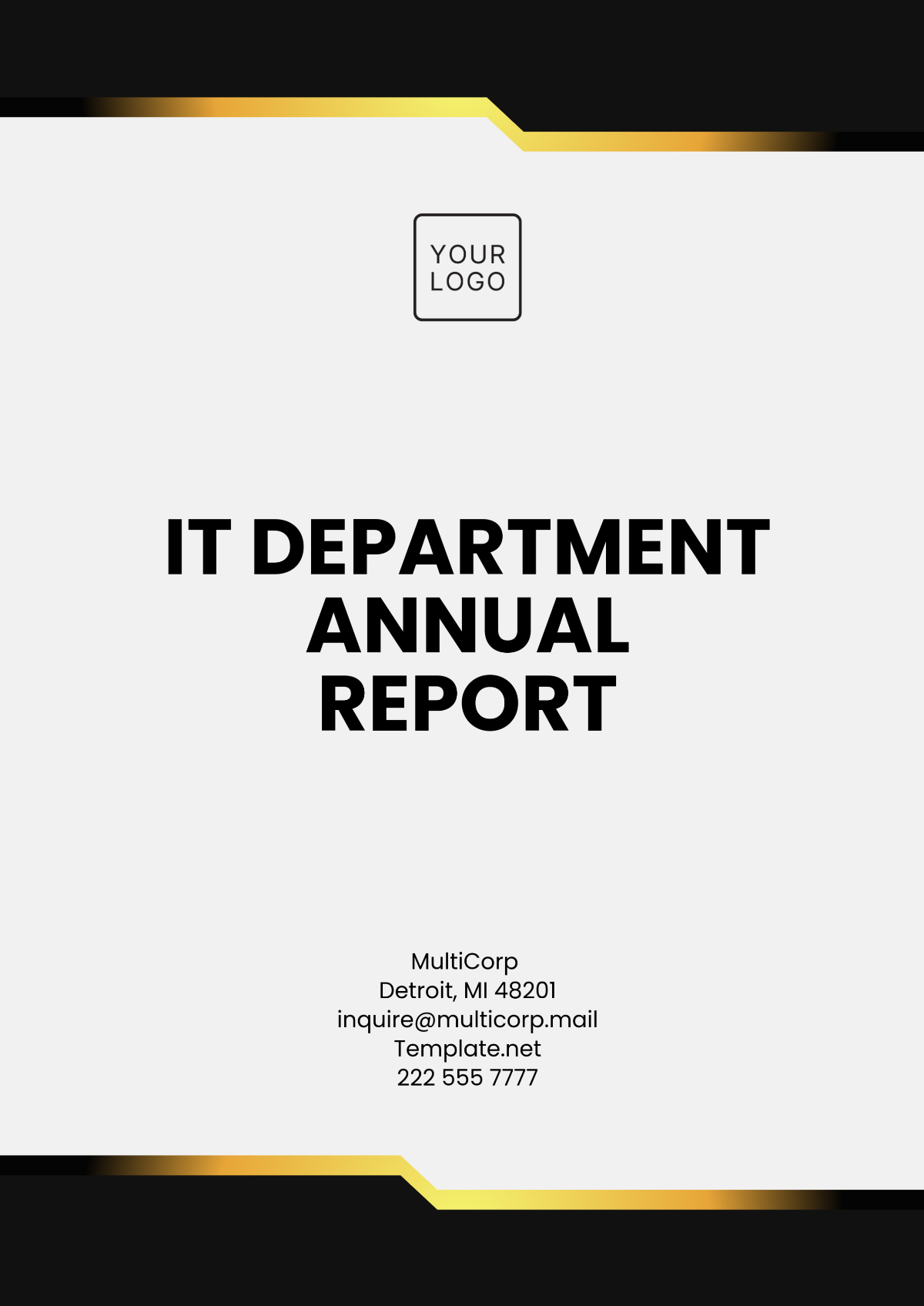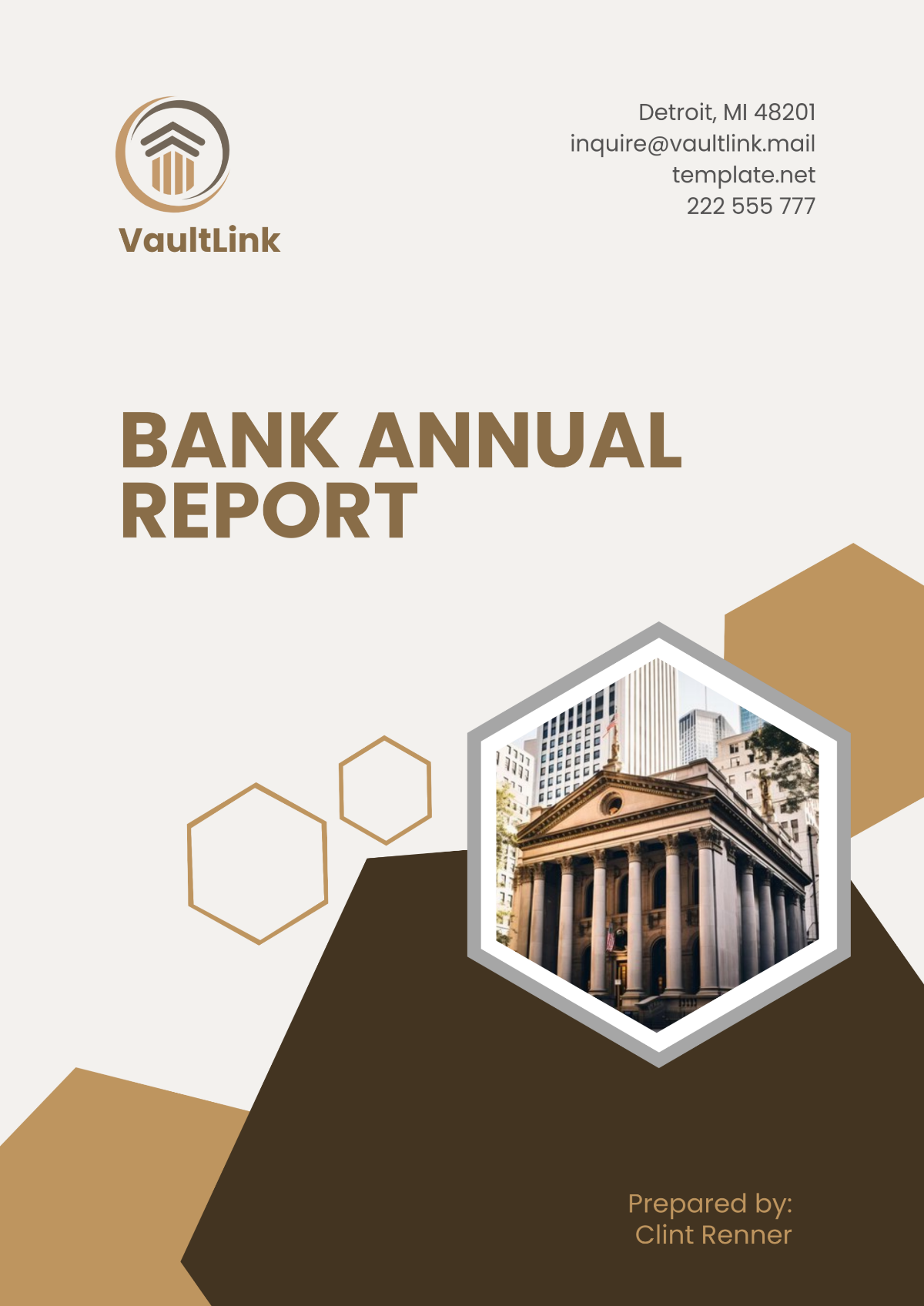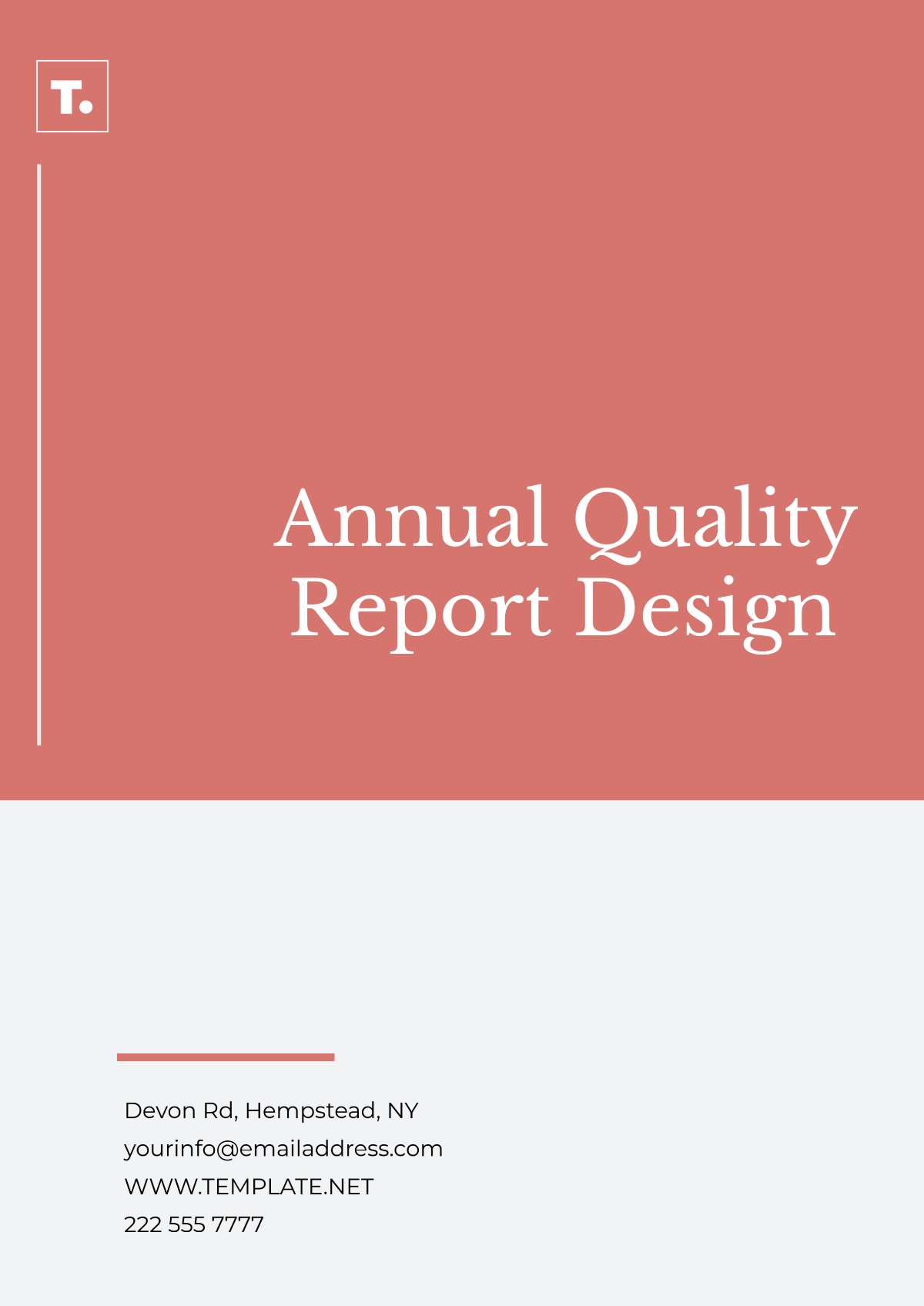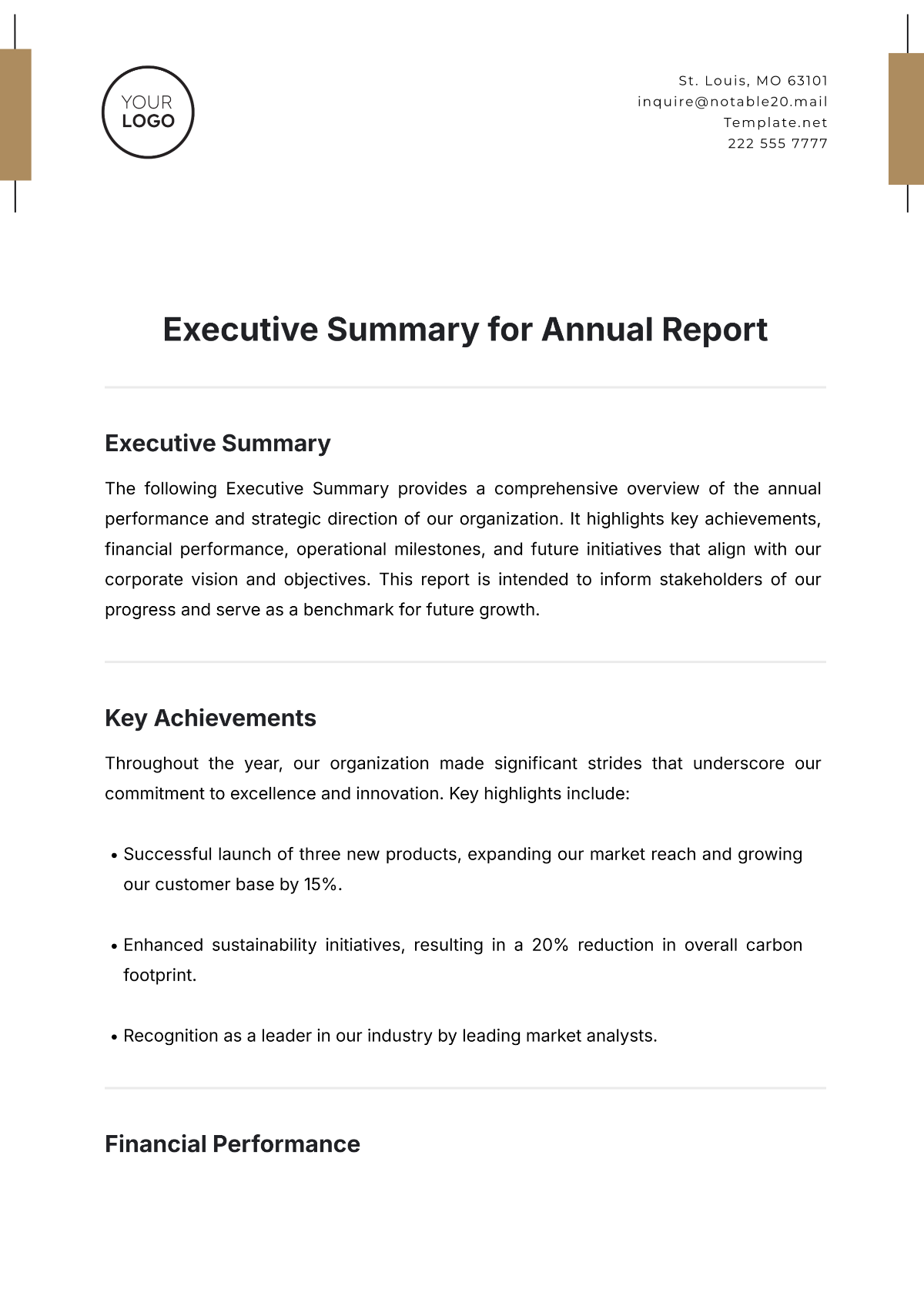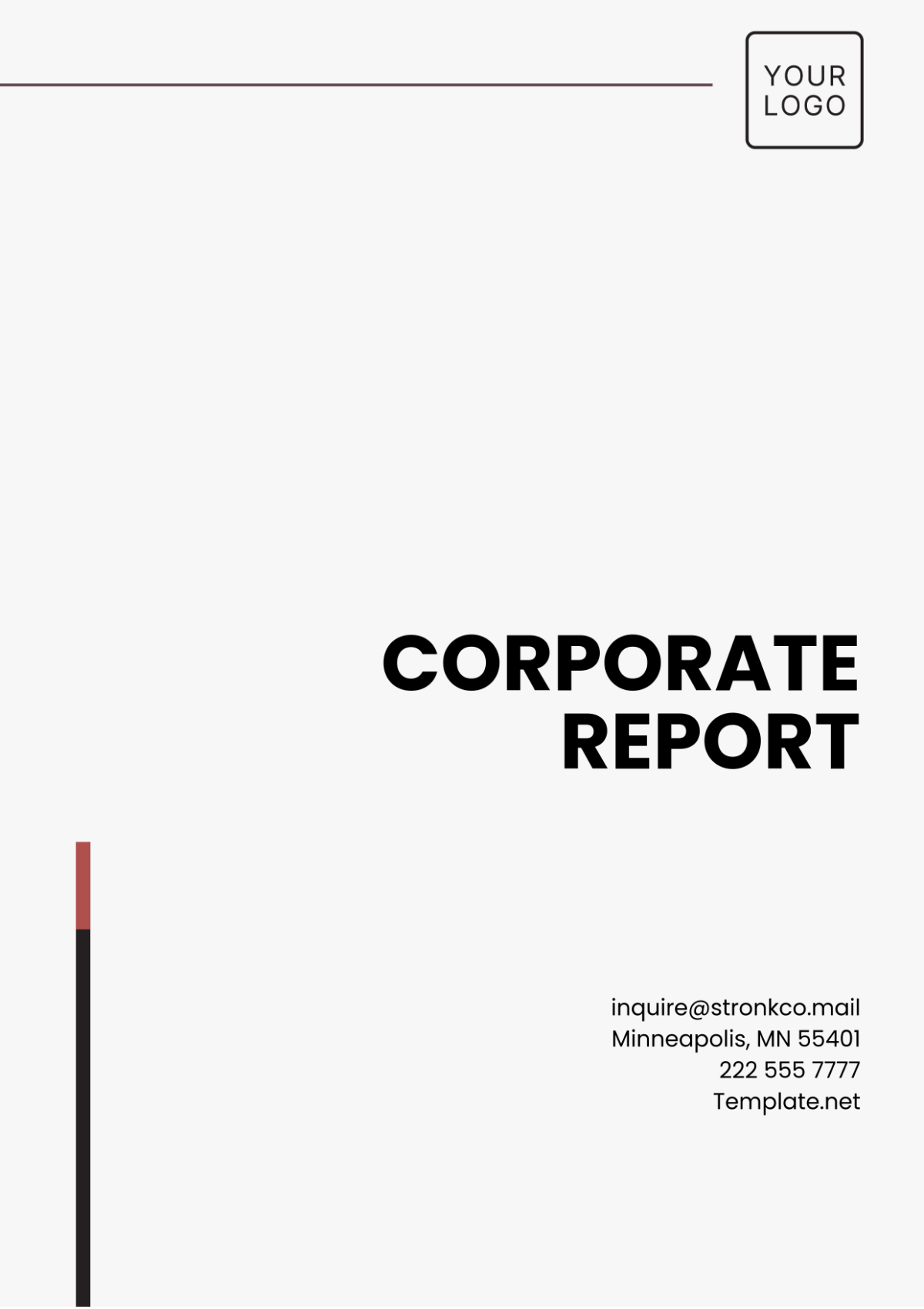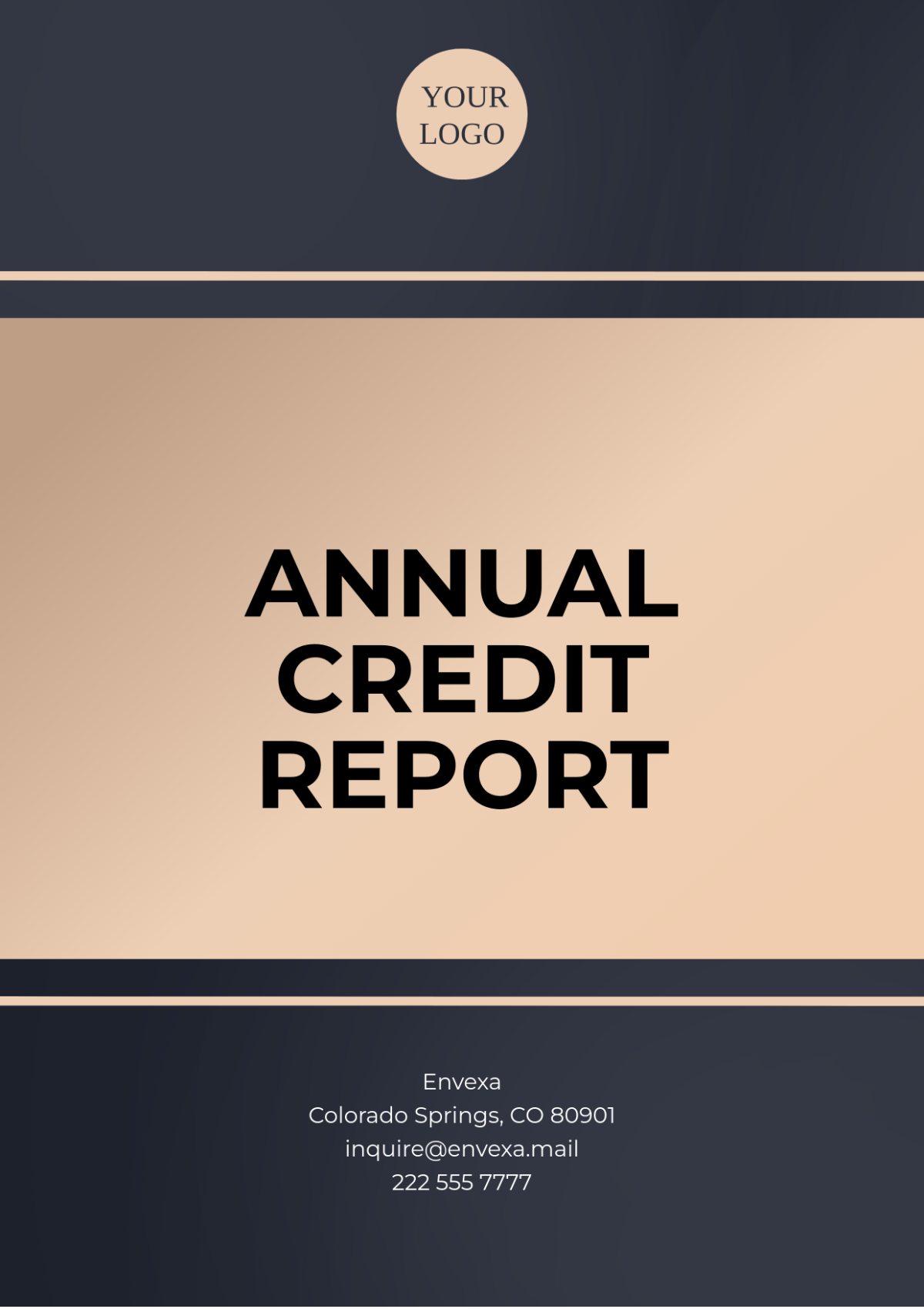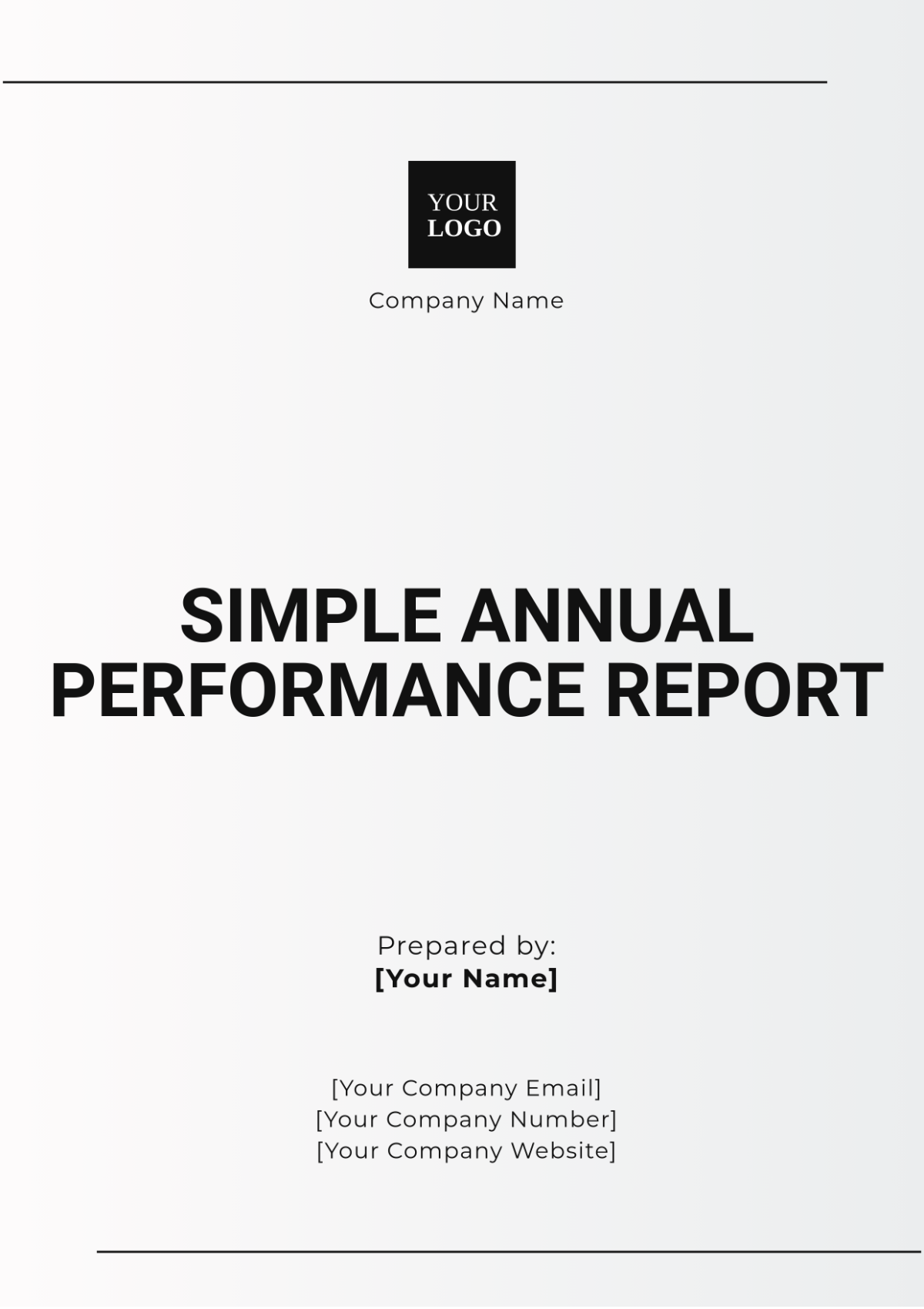Annual Accounts Payable Report
I. Executive Summary
In this comprehensive report, we present a detailed overview of our financial obligations to suppliers and vendors for the fiscal year [2053]. The report meticulously outlines our payment commitments, categorizing them based on due dates and amounts. Through a thorough analysis of invoice details, outstanding payables, and aging analysis, we provide insights into the financial health of our organization. The report underscores our commitment to transparent financial management, compliance with payment obligations, and strategic resource allocation. As we delve into the financial intricacies, this executive summary aims to offer a concise yet informative snapshot of our accounts payable status, laying the groundwork for informed decision-making and strategic planning.
II. Invoice Details
The table below provides a detailed breakdown of outstanding invoices, offering insights into the company's financial commitments.
Invoice Number | Date of Issuance | Due Date | Amount | Early Payment Discount | Late Payment Penalty |
|---|---|---|---|---|---|
INV-2053001 | 2053-01-10 | 2053-02-10 | $15,000 | 2.5% | 1.5% |
Examining the first item in the table, Invoice INV-2053001, issued on January 10, 2053, with a due date of February 10, 2053, and an invoiced amount of $15,000. An early payment discount of 2.5% is applicable for payments made before the due date, while a 1.5% late payment penalty is imposed for delays. This information is vital for efficient cash flow management, providing insights into potential savings through early payments and awareness of penalties associated with delayed payments. Strategic decision-making is supported, allowing prioritization of payments based on discounts and penalties for each invoice.
The invoice details is crucial as it unveils the microcosm of the company's financial obligations. By presenting a comprehensive breakdown of individual invoices, this section empowers management to make informed decisions regarding payment timing, optimizing working capital, and strategic cash flow management. It also sheds light on the effectiveness of negotiated payment terms, enabling the company to leverage early payment discounts while avoiding unnecessary penalties. A clear understanding of invoice details contributes to positive vendor relationships through timely and transparent financial transactions. Overall, this section plays a pivotal role in fostering financial prudence and aligning payment strategies with the company's broader financial goals.
III. Payment Terms
A. Early Payment Discounts and Late Payment Penalties
Early Payment Discounts
Understanding the Incentives
Our vendor partnerships often come with the enticing opportunity for early payment discounts. This section outlines the percentage discounts offered, such as the advantageous 2.5% discount applicable to invoices settled promptly. This insight serves as a guide for our finance team in capitalizing on these opportunities and optimizing cost-effectiveness.
Strengthening Vendor Relationships
By taking advantage of early payment discounts, we not only realize direct cost savings but also cultivate stronger and more collaborative relationships with our vendors. Timely payments reflect our commitment to fair and transparent financial transactions, positioning us as a reliable and preferred business partner.
Late Payment Penalties
Mitigating Financial Risks
On the flip side, this part of the section addresses the implications of delayed payments. The specified late payment penalties, expressed as a percentage of the invoice amount, provide a clear understanding of the financial risks associated with tardy settlements. This knowledge is instrumental in mitigating potential penalties and ensuring compliance with our contractual obligations.
Strategic Decision-Making
Armed with insights into late payment penalties, our finance team can make strategic decisions on prioritizing payments, optimizing working capital, and avoiding unnecessary costs. This proactive approach aligns with our commitment to fiscal responsibility and effective cash flow management.
B. Negotiated Payment Arrangements
Customized Terms
Enhancing Flexibility
Illuminating any tailored payment arrangements or agreements we have established with specific vendors, this aspect emphasizes the enhancement of flexibility for both parties. These arrangements may include staggered payment schedules, milestone-based payments, or other bespoke terms designed to foster collaboration.
Catering to Unique Needs
Recognizing that one size does not fit all, our company embraces customized payment terms that cater to the unique needs and preferences of our vendors. This personalized approach strengthens our vendor relationships and positions us as a partner invested in the success of our suppliers.
Terms Variability
Tailoring Strategies
Acknowledging the variability in payment terms across vendors, this aspect captures the diversity in agreements. Varied terms may reflect factors such as the nature of goods or services provided, the duration of the business relationship, or other considerations.
Ensuring Equitable Agreements
Transparency
We prioritize transparent negotiations, ensuring that all parties have a clear understanding of the terms.
Equitable Terms
Our commitment to fairness extends to creating payment arrangements that benefit both parties mutually.
Adaptability to Vendor Preferences
Open Communication
We foster open communication with vendors to understand and align with their payment preferences.
Flexibility
Our adaptability ensures that negotiated terms accommodate the preferences and circumstances of our valued vendors.
IV. Total Outstanding Payables
The table below details key information, facilitating an in-depth understanding of the extent of our current financial obligations.
Vendor ID | Invoice Number | Due Date | Amount |
|---|---|---|---|
VND-2053101 | INV-2053101 | 2053-02-15 | $25,000 |
Vendor ID VND-2053101 corresponds to an outstanding invoice (INV-2053101) with a due date of February 15, 2053, and an invoiced amount of $25,000. This structured approach to identifying vendors allows for more efficient tracking and analysis of our financial liabilities. Understanding the specifics of each payable enables our finance team to strategize and allocate resources efficiently, ensuring that we meet our financial obligations in a timely and organized manner.
This knowledge is essential for effective cash flow management, enabling us to prioritize payments, negotiate favorable terms, and maintain strong relationships with our vendors. Additionally, a clear understanding of total outstanding payables aids in forecasting liquidity, mitigating potential financial risks, and aligning our financial strategies with our broader business objectives. Overall, this section empowers us to make informed financial decisions and ensures the stability of our financial position in the marketplace. By presenting a detailed breakdown of outstanding payables with Vendor IDs, we gain valuable insights into our short-term financial commitments.
V. Aging Analysis
The table below outlines the distribution of payables across different aging categories, offering valuable insights into the timeliness of our payments:
Vendor ID | Invoice Number | Due Date | Amount | Aging Category |
|---|---|---|---|---|
VND-2053102 | INV-2053102 | 2053-03-01 | $18,750 | 31-60 days |
Vendor ID VND-2053102 corresponds to an outstanding invoice (INV-2053102) with a due date of March 1, 2053, and an invoiced amount of $18,750. The Aging Category designates this payable within the 31-60 days range, suggesting a moderate delay in payment. This analysis prompts a closer examination of the reasons behind the delayed payment, allowing our finance team to address any operational or procedural bottlenecks. Understanding the distribution across aging categories enables us to implement targeted strategies, such as renegotiating terms with vendors in the 31-60 days category or streamlining internal processes to expedite payments. By addressing delayed payments in a specific timeframe, we not only mitigate the risk of late payment penalties but also uphold our commitment to fair and timely financial practices, fostering positive vendor relationships and maintaining our standing in the marketplace.
Aging Analysis is instrumental in gauging the timeliness of our payments and identifying potential areas of improvement. By categorizing payables based on aging, we gain a nuanced understanding of the distribution of outstanding amounts over time. This insight allows for targeted actions, such as prioritizing payments in the 1-30 days category to maximize early payment discounts and addressing any challenges in the 61-90 days category to mitigate late payment penalties. Overall, the analysis empowers our finance team to optimize cash flow, strengthen vendor relationships, and uphold our commitment to responsible and timely financial practices. It serves as a proactive tool for financial decision-making, ensuring that our payment strategies align with our broader financial goals.
VI. Vendor Relationship Management
A. Vendor Communication Strategy
Frequency of Communication
Establishing a regular and open line of communication, with scheduled monthly updates and quarterly meetings, ensures transparency and facilitates the exchange of crucial information.
Mode of Communication
Defining the preferred modes of communication, such as emails for routine updates and face-to-face meetings for strategic discussions, streamlines interactions and enhances efficiency.
Emergency Communication Protocol
Establishing a clear protocol for emergency communications, including a designated contact person and escalation procedures, ensures prompt and effective responses in critical situations.
B. Performance Evaluation and Feedback
Key Performance Indicators (KPIs)
Identifying and communicating specific KPIs, such as on-time delivery percentages and quality benchmarks, to vendors establishes clear performance expectations and benchmarks for evaluation.
Regular Performance Reports
Providing vendors with regular performance reports, including KPI metrics and trend analyses, enhances transparency and facilitates data-driven discussions during performance evaluations.
Continuous Improvement Initiatives
Encouraging vendors to participate in continuous improvement initiatives, such as joint brainstorming sessions and innovation workshops, fosters innovation and ensures an evolving and dynamic partnership.
C. Issue Resolution Protocol
Escalation Procedures
Clearly outlining escalation procedures for issue resolution, specifying response times and responsible parties, ensures a swift and effective response to challenges, minimizing potential disruptions.
Root Cause Analysis
Implementing a systematic approach to root cause analysis, involving collaborative investigations and corrective action plans, helps address underlying issues and prevents the recurrence of problems.
Collaborative Problem-Solving
Encouraging collaborative problem-solving through joint task forces or cross-functional teams fosters a proactive approach, strengthening the partnership by jointly addressing challenges as they arise.
D. Contractual Clarity and Compliance
Transparent Contractual Terms
Ensuring clarity in contractual terms, with detailed specifications and milestones, avoids misunderstandings and sets a solid foundation for a transparent vendor relationship.
E. Vendor Performance Reviews
Scheduled Reviews
Conducting scheduled performance reviews, including quarterly assessments and annual comprehensive evaluations, provides a platform for constructive discussions, enabling both parties to align expectations and objectives.
Recognition and Improvement Plans
Recognizing outstanding performance during reviews and collaboratively developing improvement plans for areas that require enhancement contributes to a positive and dynamic vendor relationship.
VII. Financial Impact and Budget Alignment
Assessing the financial implications of outstanding payables on our budget, the table below illustrates the correlation between these commitments and our predetermined financial plans.
Vendor ID | Invoice Number | Due Date | Amount | Financial Impact | Budget Alignment |
|---|---|---|---|---|---|
VND-2053103 | INV-2053103 | 2053-04-10 | $30,000 | High | Not Aligned |
Vendor ID VND-2053103 corresponds to an outstanding invoice (INV-2053103) with a due date of April 10, 2053, and an invoiced amount of $30,000. The Financial Impact is categorized as high, indicating that this payable exerts a significant influence on our current financial standing. However, the Budget Alignment is marked as "Not Aligned," signifying that this commitment exceeds the allocated budget. This analysis prompts a thorough examination of our financial strategies, allowing our finance team to reevaluate budget allocations, negotiate revised terms with the vendor, and implement measures to mitigate the impact on overall financial stability. Identifying such high-impact payables that are not aligned with the budget is crucial for making strategic adjustments, ensuring efficient resource allocation, and preserving the financial health of our organization.
Assessing the financial impact and alignment of outstanding payables with our budget is critical for maintaining financial discipline and resilience. By categorizing the financial impact and evaluating alignment with our budget, we gain a comprehensive understanding of how these payables may influence our overall financial health. This insight enables our finance team to make informed decisions, such as adjusting budget allocations to accommodate high-impact payables or negotiating favorable terms to mitigate financial strain. Moreover, identifying areas where payables are not aligned with the budget allows for strategic adjustments and ensures that financial resources are utilized efficiently. Overall, this analysis serves as a critical tool for maintaining financial discipline, aligning expenditures with budgetary constraints, and fortifying the financial resilience of our organization.
VIII. Compliance and Internal Controls
A. Regulatory Compliance Oversight
Regulatory Framework Understanding
Enhancing our comprehension of the regulatory landscape enables proactive alignment with industry-specific and broader legal requirements.
Regular Compliance Audits
Conducting frequent compliance audits, both internal and external, ensures ongoing adherence to regulations, identifies potential gaps, and allows for timely corrective actions.
Adaptive Compliance Strategies
Implementation of adaptive compliance strategies empowers our organization to swiftly respond to evolving regulatory changes, reducing the risk of non-compliance.
B. Internal Control Framework
Risk Assessment Protocols
Incorporating comprehensive risk assessment protocols enables us to identify, evaluate, and mitigate potential risks, ensuring the effectiveness of our internal control framework.
Segregation of Duties
A robust segregation of duties minimizes the risk of errors or fraudulent activities by ensuring that no single individual has complete control over a process.
Continuous Monitoring Systems
Deployment of continuous monitoring systems allows us to detect anomalies and irregularities in real-time, enhancing the agility of our internal control responses.
C. Documentation and Accountability
Documented Policies and Procedures
Well-documented policies and procedures establish clear guidelines for compliance and internal control measures, promoting consistency across our organization.
Accountability Mechanisms
Establishing accountability mechanisms, including clearly defined roles and responsibilities, ensures that individuals are aware of their obligations and contributes to a culture of compliance.
Training and Awareness Programs
Regular training and awareness programs ensure that employees are well-informed about compliance requirements and internal control procedures, fostering a culture of vigilance.
D. Continuous Improvement Initiatives
Feedback Loops Integration
Integration of feedback loops into our compliance and internal control processes allows for continuous improvement based on insights gathered from audits, assessments, and real-world experiences.
Technology Integration for Efficiency
Leveraging technology for efficiency in compliance monitoring and internal controls not only enhances accuracy but also enables adaptability to dynamic regulatory environments.
IX. Recommendations and Action Plan
A. Strategic Operational Enhancements
Efficiency Optimization
Our first recommendation focuses on optimizing operational efficiency by streamlining workflows, enhancing collaboration, and leveraging technology to eliminate bottlenecks.
Resource Allocation Refinement
To further enhance resource utilization, we propose a detailed review of budget allocations, ensuring alignment with organizational priorities and strategic objectives.
B. Risk Mitigation Strategies
Comprehensive Risk Assessment
In light of identified risks, conducting a comprehensive risk assessment will enable us to develop targeted strategies to mitigate potential threats to our financial stability.
Enhanced Compliance Measures
Strengthening compliance measures through continuous training, rigorous monitoring, and process improvements will mitigate regulatory risks and enhance our overall governance.
C. Technology Integration for Innovation
Advanced Technology Adoption
Embracing cutting-edge technologies, such as AI-driven analytics and automation tools, will not only boost operational efficiency but also foster innovation in our financial processes.
Cybersecurity Measures Strengthening
Given the evolving threat landscape, enhancing our cybersecurity measures is imperative to safeguard sensitive financial data and protect against potential cyber risks.
D. Stakeholder Communication and Engagement
Transparent Communication Practices
Improving stakeholder communication practices, including regular updates and transparent reporting, will foster trust and ensure stakeholders are well-informed about our financial health.
Engagement Platforms Implementation
The implementation of engagement platforms, such as town halls and feedback sessions, will provide stakeholders with a platform to voice concerns and contribute to the decision-making process.
E. Talent Development Initiatives
Continuous Training Programs
Launching continuous training programs for our finance team will keep them abreast of industry best practices, ensuring a skilled workforce capable of navigating complex financial landscapes.
Succession Planning Strategies
Developing robust succession planning strategies will ensure a seamless transition of key roles, reducing organizational vulnerabilities and enhancing long-term stability.
X. Future Outlook and Forecast
Anticipating future trends, we aim to proactively position ourselves for success by embracing innovation, enhancing operational efficiency, and adapting to emerging market dynamics. The forecast is optimistic, projecting sustained financial stability through the implementation of cutting-edge technologies, continuous process improvements, and a commitment to financial prudence. By fostering a culture of adaptability and resilience, we aspire not only to weather potential challenges but also to identify opportunities for growth and expansion. This forward-looking approach reflects our dedication to not only meeting the demands of tomorrow but also shaping them through strategic initiatives that align with our organizational vision and values.
